Exploring the world of exterior design, few elements offer as much transformative power as siding. Imagine your home, not just as a structure, but as a canvas awaiting a stroke of genius. Two-tone siding designs are precisely that—a sophisticated strategy that elevates curb appeal, creates visual interest, and can even reshape the perceived dimensions of a property. It's about more than just picking two colors; it’s about understanding how light plays on surfaces, how different textures interact, and how a thoughtful palette can make your home truly stand out. From subtle contrasts that whisper elegance to bold pairings that make a statement, the right two-tone approach can breathe new life into any architectural style, proving that sometimes, two colors are indeed better than one. This innovative design choice allows homeowners to highlight unique architectural features, define different areas of the house, and ultimately craft a more personalized and inviting exterior. With 25 two-tone siding designs, the possibilities for creating a truly distinctive and appealing home exterior are vast.
1. Classic Horizontal Two-Tone Siding
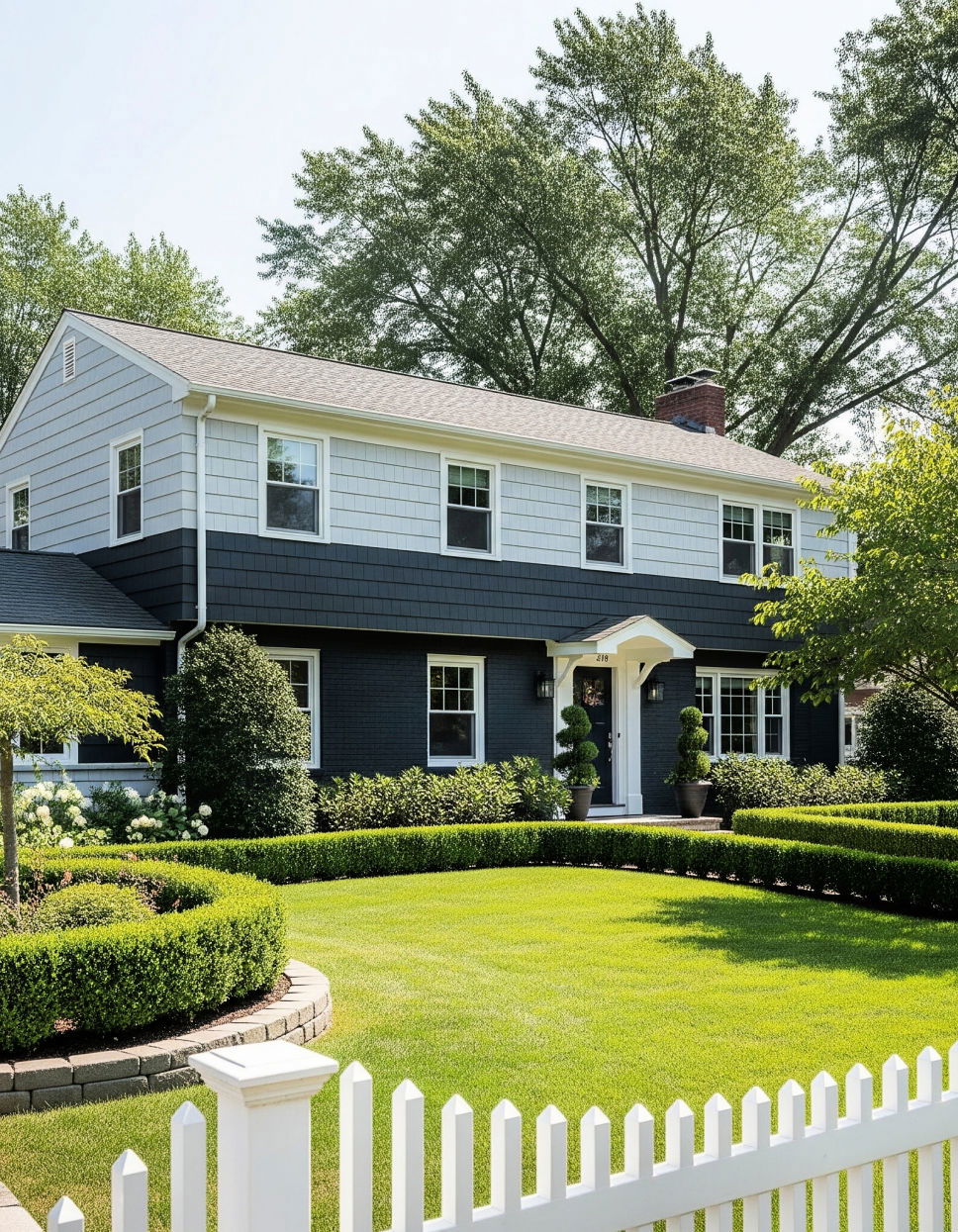
Achieving a timeless aesthetic often begins with classic horizontal two-tone siding, a design choice that effortlessly blends tradition with visual intrigue. This approach typically involves using a darker hue on the lower half of the home, providing a grounded, stable base, while a lighter shade on the upper portion creates a sense of openness and height. The clear delineation between the two colors adds architectural definition without overwhelming the eye. Consider complementary shades like deep charcoal with a soft gray, or a muted navy paired with crisp white, to achieve a sophisticated and welcoming facade. This design offers durability and low maintenance, ensuring your home looks appealing for years.
2. Vertical Siding with Horizontal Accents
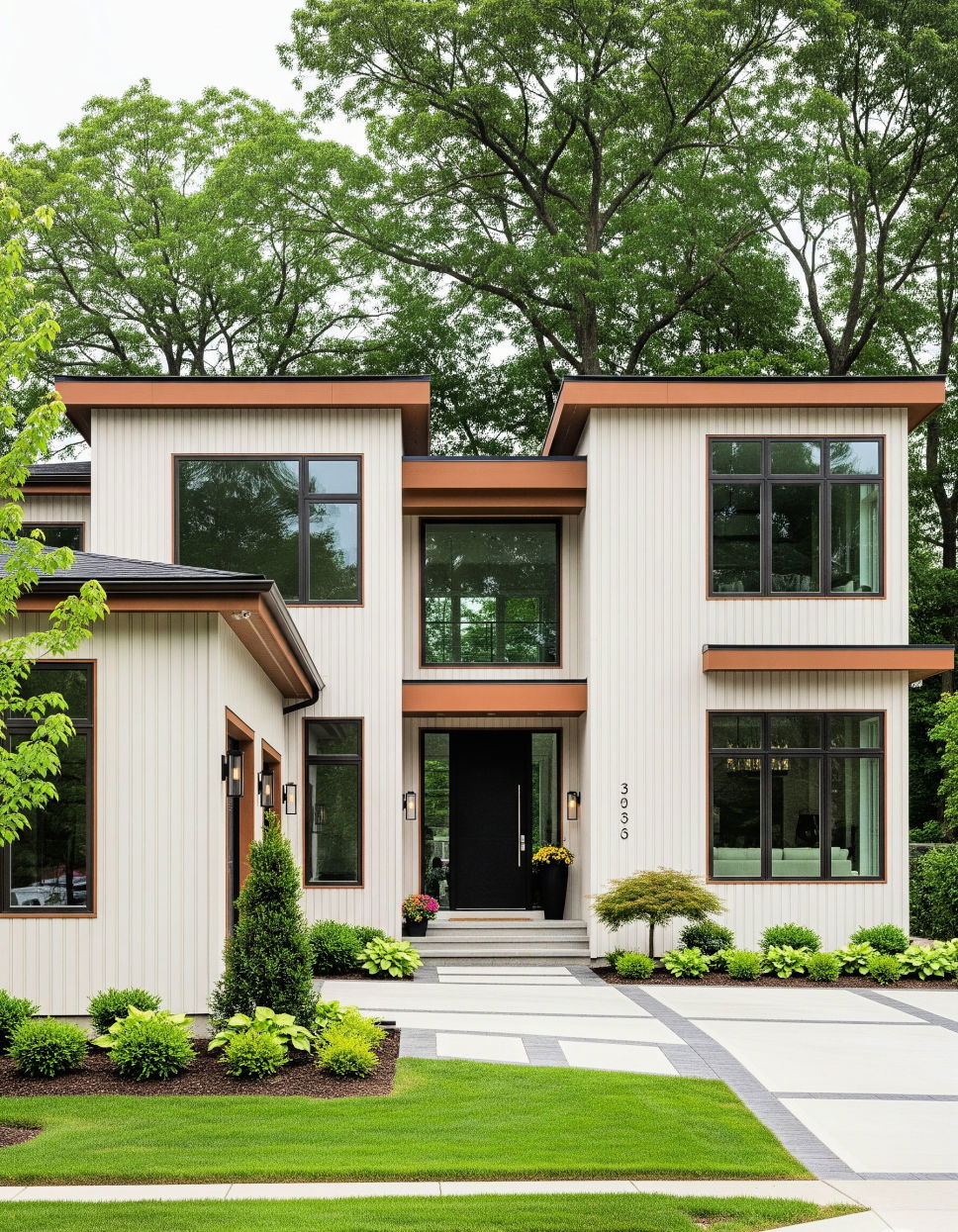
Bringing dynamic visual interest to a home's exterior is easily achieved by combining vertical siding with horizontal accents. This design scheme allows for a compelling interplay of lines, where the vertical panels draw the eye upward, enhancing the perceived height of the structure, while horizontal banding or trim in a contrasting color can break up the vertical expanse and add architectural detail. Perhaps a warm cream vertical siding could be beautifully complemented by a rich, earthy brown horizontal band around windows or at the foundation. This creates a balanced, modern look that adds character and curb appeal.
3. Gabled Accent Two-Tone Siding
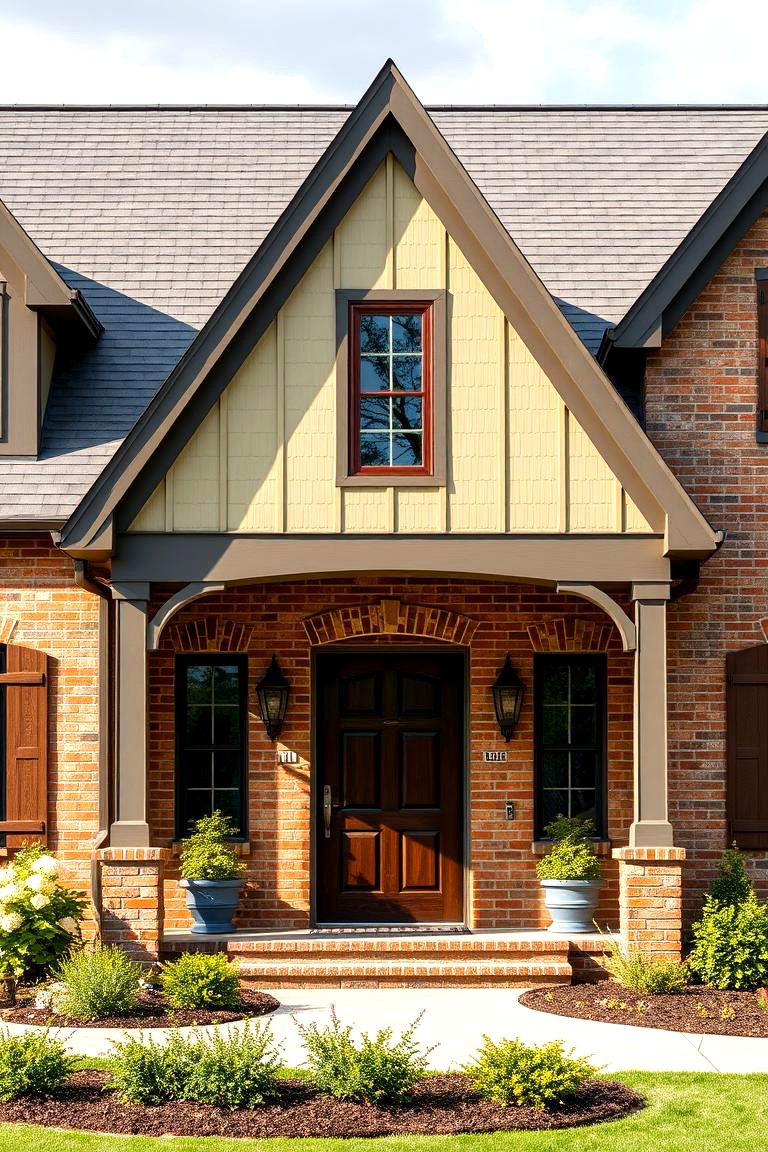
Elevating a home's roofline and drawing attention to its unique architectural features can be brilliantly accomplished with gabled accent two-tone siding. By applying a contrasting color or material specifically within the gable ends, you create a focal point that adds depth and character to the entire house. Imagine a rustic red brick home with gables clad in a lighter, perhaps natural wood-toned siding, or a modern gray home featuring vibrant blue gables. This thoughtful detail not only enhances visual appeal but also provides an opportunity to showcase a distinct style, making your home truly memorable.
4. Foundation Contrast Two-Tone Siding
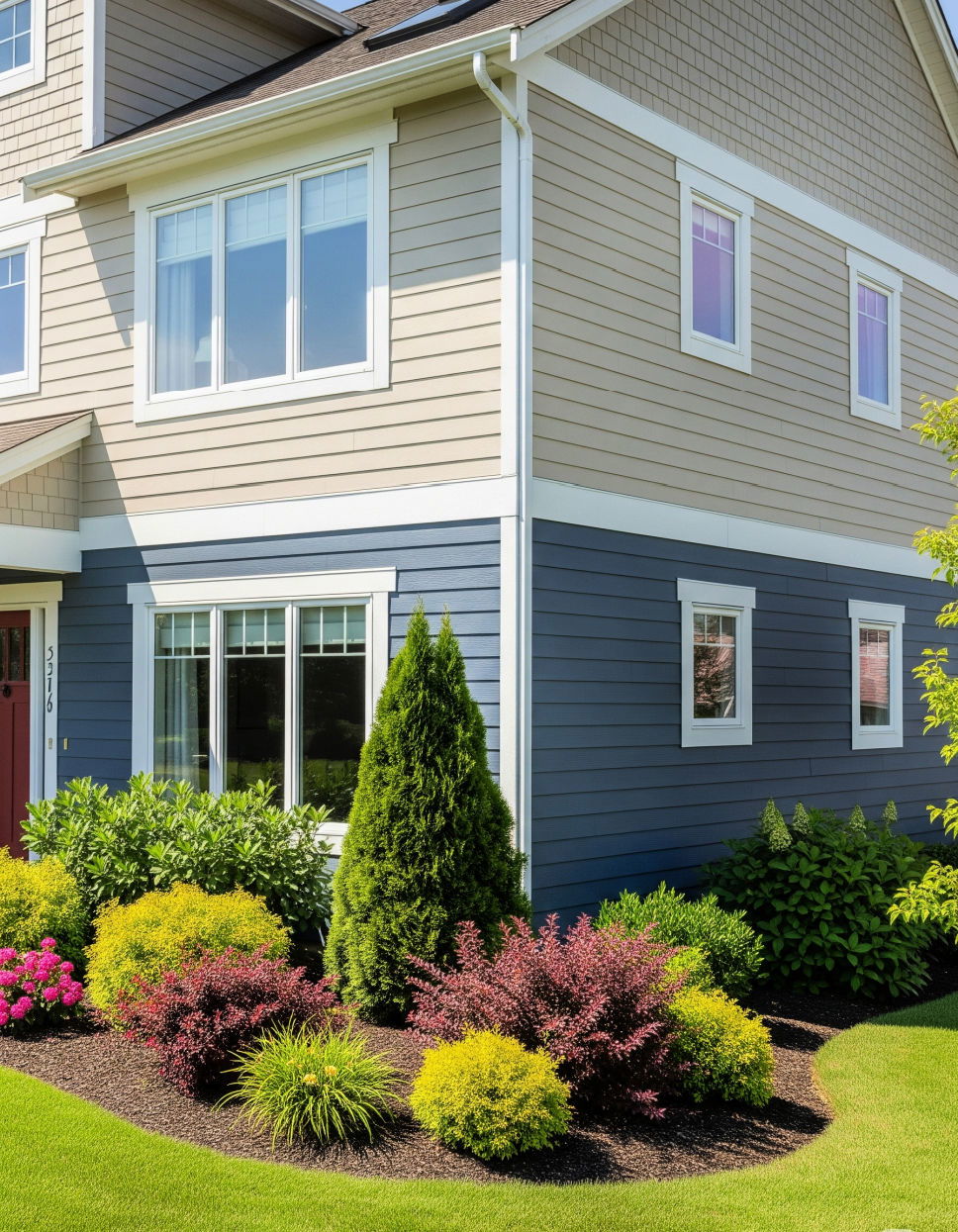
Creating a visually sturdy and appealing base for your home is paramount, and foundation contrast two-tone siding excels at this. This design utilizes a darker, often more robust color or material on the lower portion of the home, typically extending just above the foundation, while the main body of the house is clad in a lighter, complementary shade. This grounding effect provides a strong visual anchor and helps protect the lower exterior from splashes and dirt, maintaining its clean appearance longer. Opt for a deep slate gray foundation with a soft beige main siding for a balanced, elegant look.
5. Corner Board Accent Two-Tone Siding
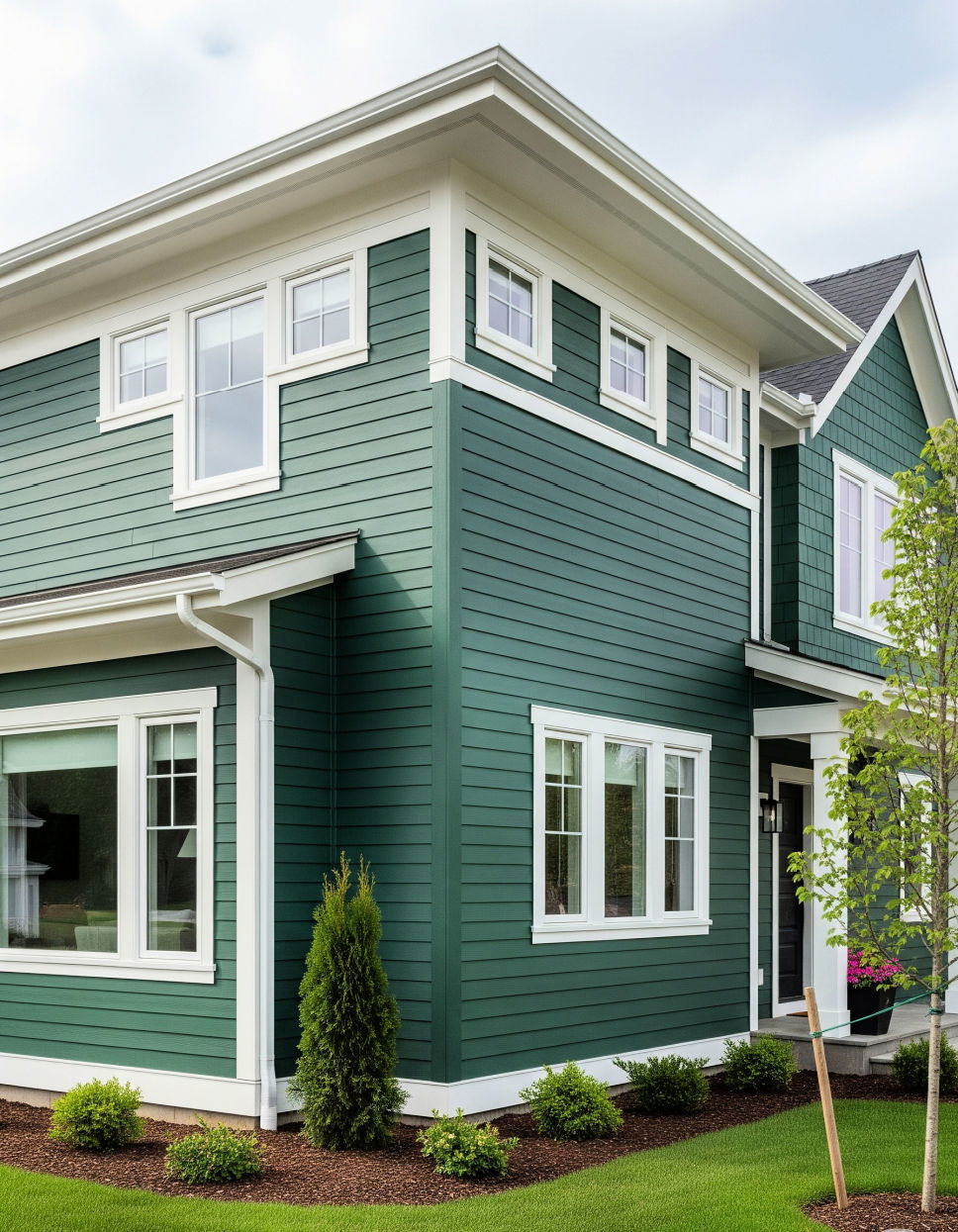
Adding crisp definition and a polished finish to your home's exterior is effortlessly achieved with corner board accent two-tone siding. By applying a distinct color to the corner boards that contrasts with the main siding, you create sharp visual lines that highlight the architectural integrity of the structure. Think of a classic white home with bold, dark gray corner boards, or a deep green siding complemented by bright, clean white trim. This technique draws the eye to the edges, making the house appear more structured and thoughtfully designed, ultimately boosting its curb appeal.
6. Window Frame Contrast Two-Tone Siding
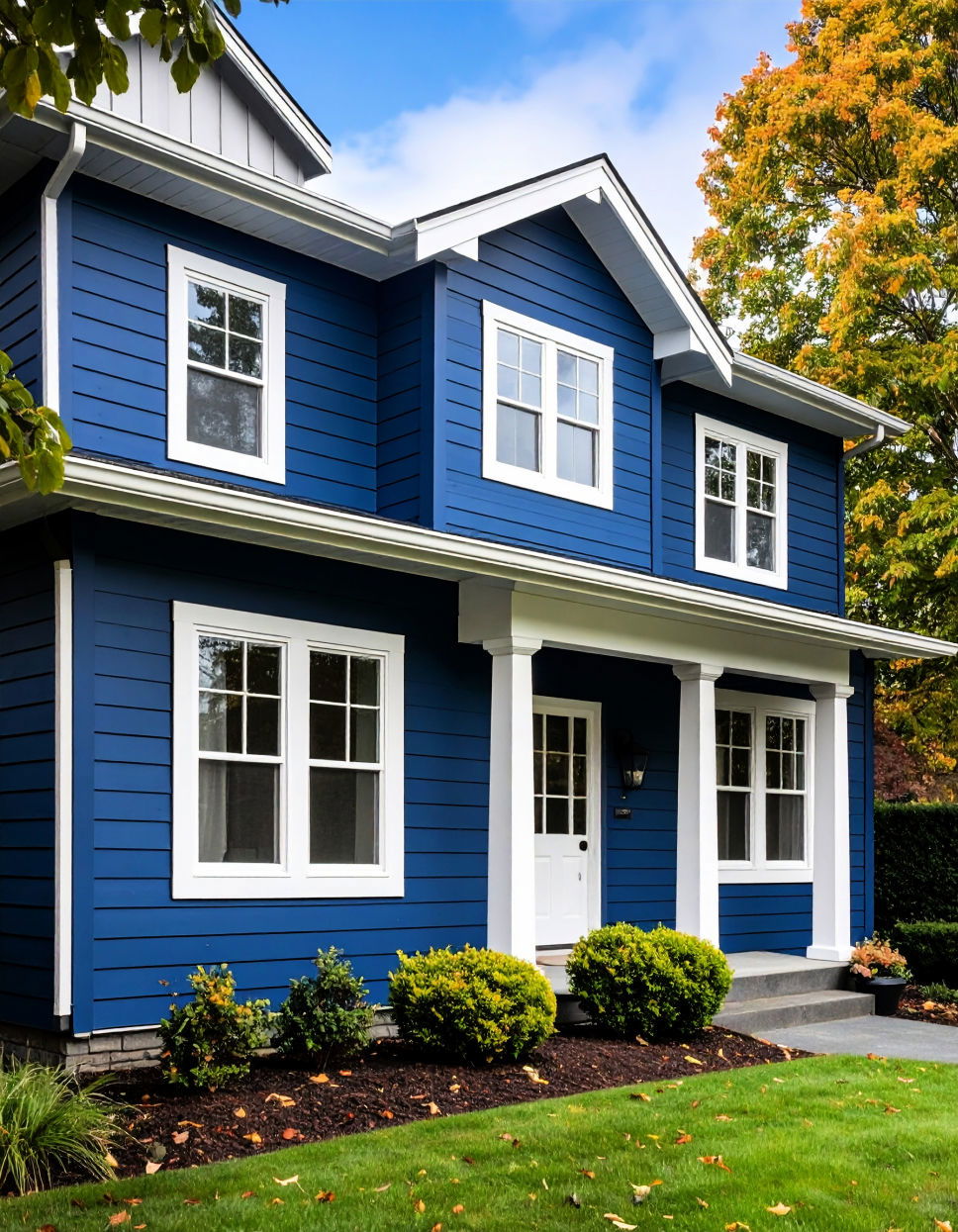
Emphasizing the eyes of your home—its windows—through window frame contrast two-tone siding can dramatically enhance its character. This design involves using a darker or lighter shade for the siding directly around the window frames, creating a visual "frame" that draws attention to these architectural elements. Consider a subtle variation, like a soft cream siding with slightly darker beige window surrounds, or a striking contrast such as dark blue siding with bright white window frames. This detail adds depth and sophistication, making each window a purposeful design feature.
7. Entryway Highlight Two-Tone Siding
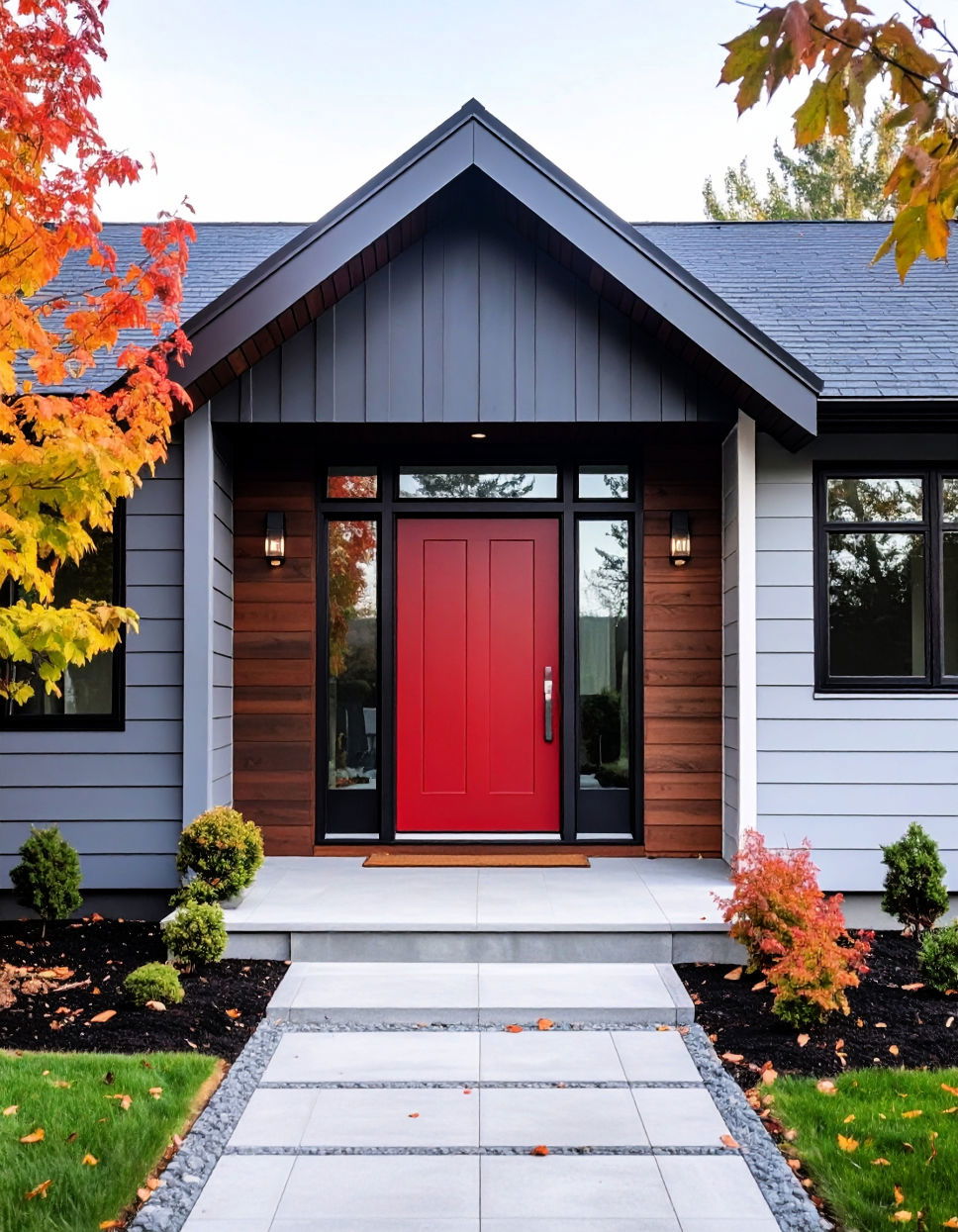
Making a grand statement right at your doorstep is possible with entryway highlight two-tone siding. This design strategy focuses on cladding the area immediately surrounding your main entrance in a contrasting color or material, effectively creating a visually distinct and inviting welcome. Envision a home with primary light gray siding and a bold, deep red or rich wood-toned accent around the front door, drawing guests' eyes directly to the entrance. This not only enhances curb appeal but also provides a warm and deliberate focal point, making your home feel more welcoming.
8. Seamless Horizontal Transition Siding
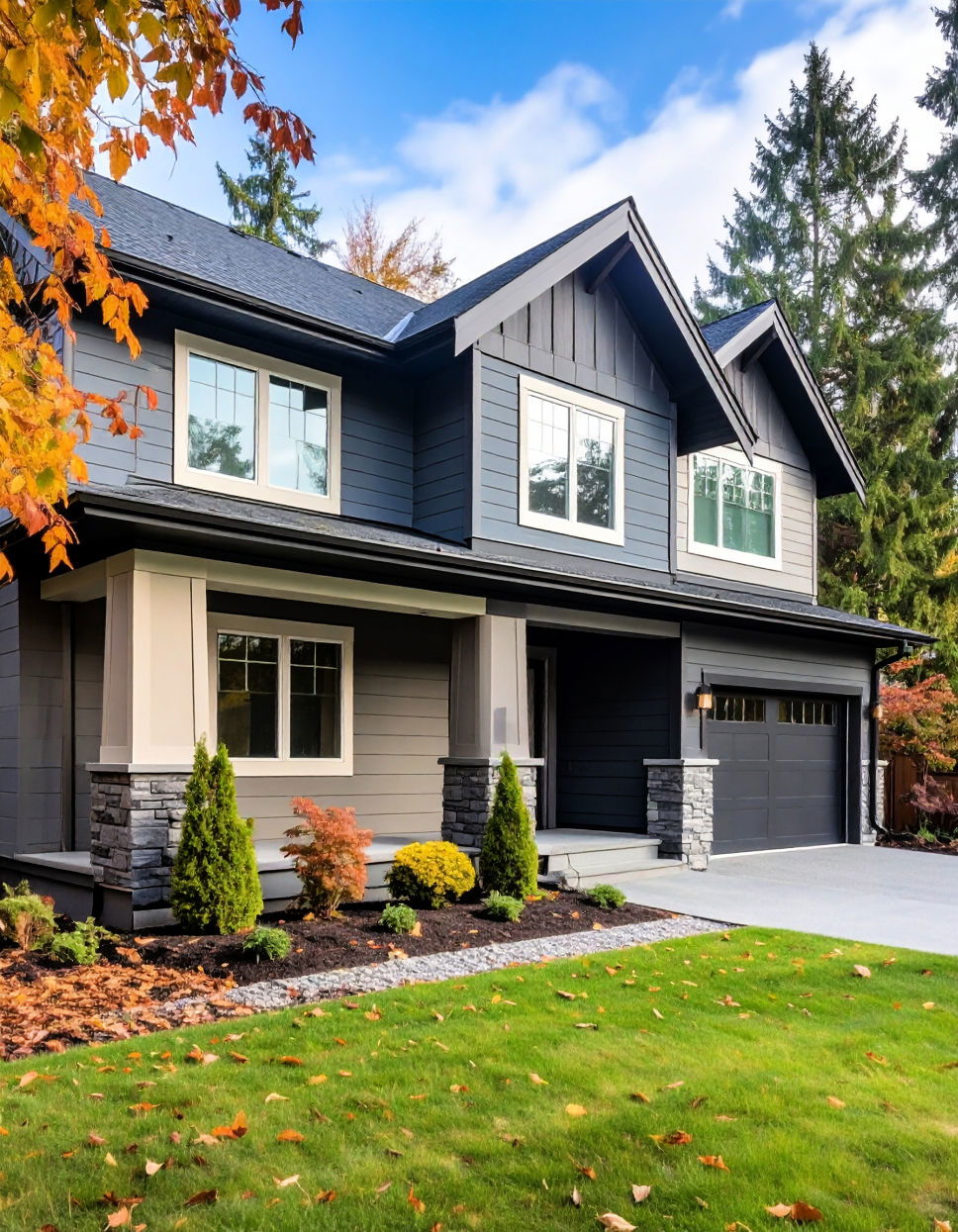
Achieving a sleek and expansive look for your home is possible with seamless horizontal transition siding. This design involves using two distinct colors of horizontal siding that meet without a visible break or trim piece, creating a smooth, uninterrupted flow across the facade. The key is in selecting two colors that complement each other harmoniously, perhaps a lighter tone transitioning into a darker one along a specific line or architectural feature. This modern approach often makes a home appear wider and more contemporary, adding a subtle yet impactful visual dynamic.
9. Staggered Two-Tone Siding Panels
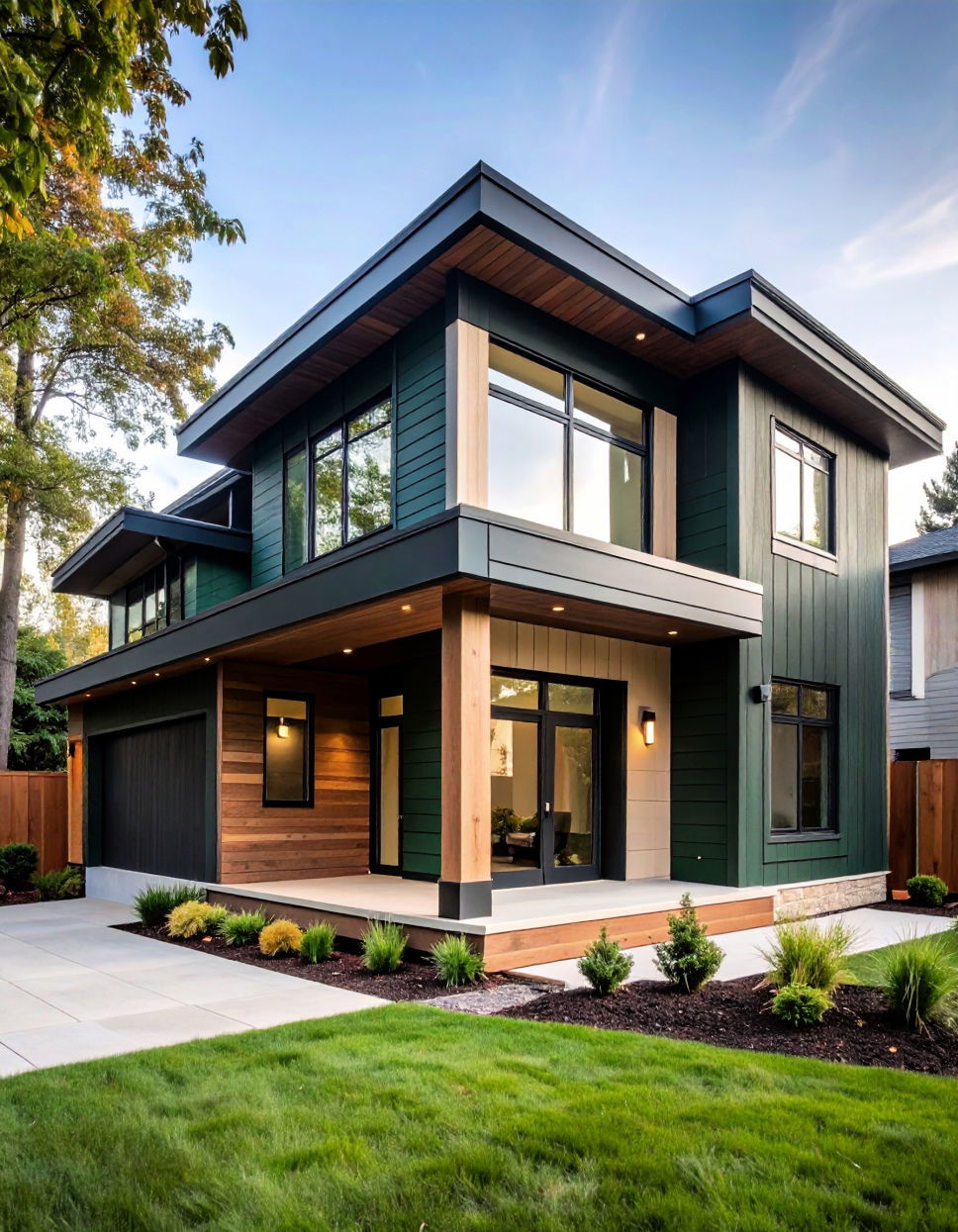
Introducing playful asymmetry and unique texture to your home's exterior is exciting with staggered two-tone siding panels. This design involves arranging siding panels in varying lengths or alignments, where each section or "stagger" might feature one of the two chosen colors. Imagine panels of deep forest green interspersed with sections of a lighter, creamy beige, creating a dynamic, almost patchwork-like effect. This creative approach offers a contemporary feel, breaking away from conventional uniformity and adding bespoke visual interest to your home's facade.
10. Banded Two-Tone Siding
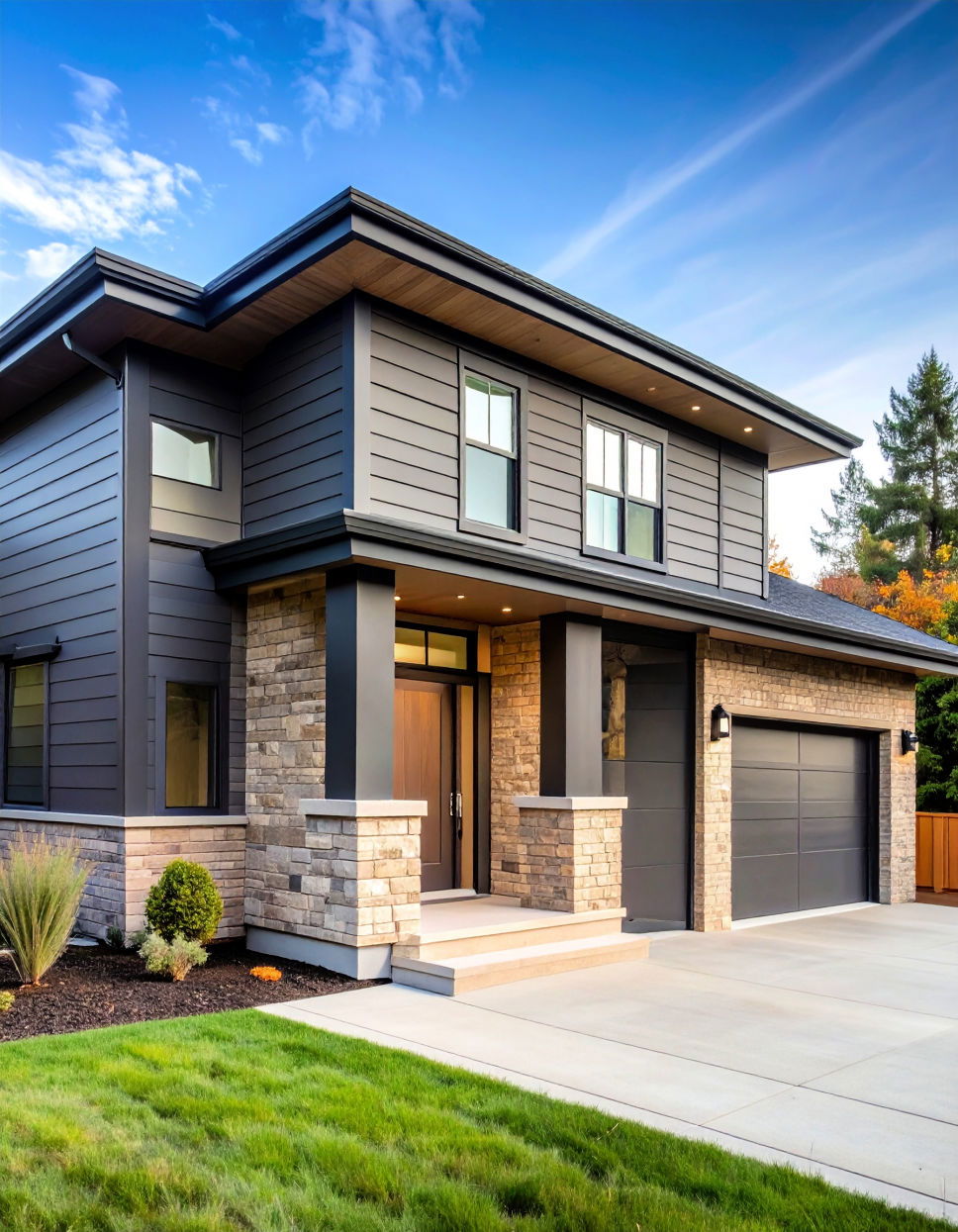
Creating clear architectural segmentation and visual rhythm is a hallmark of banded two-tone siding. This design incorporates horizontal bands of a contrasting color or material that run across the home's facade, often at different heights or to delineate separate stories. Picture a brick home featuring a striking band of dark gray siding around the second story, or a light-colored home with a contrasting band of stone veneer near the roofline. These bands add depth, break up large expanses, and introduce a sophisticated layer of design to your home's exterior.
11. Textured and Smooth Two-Tone Siding
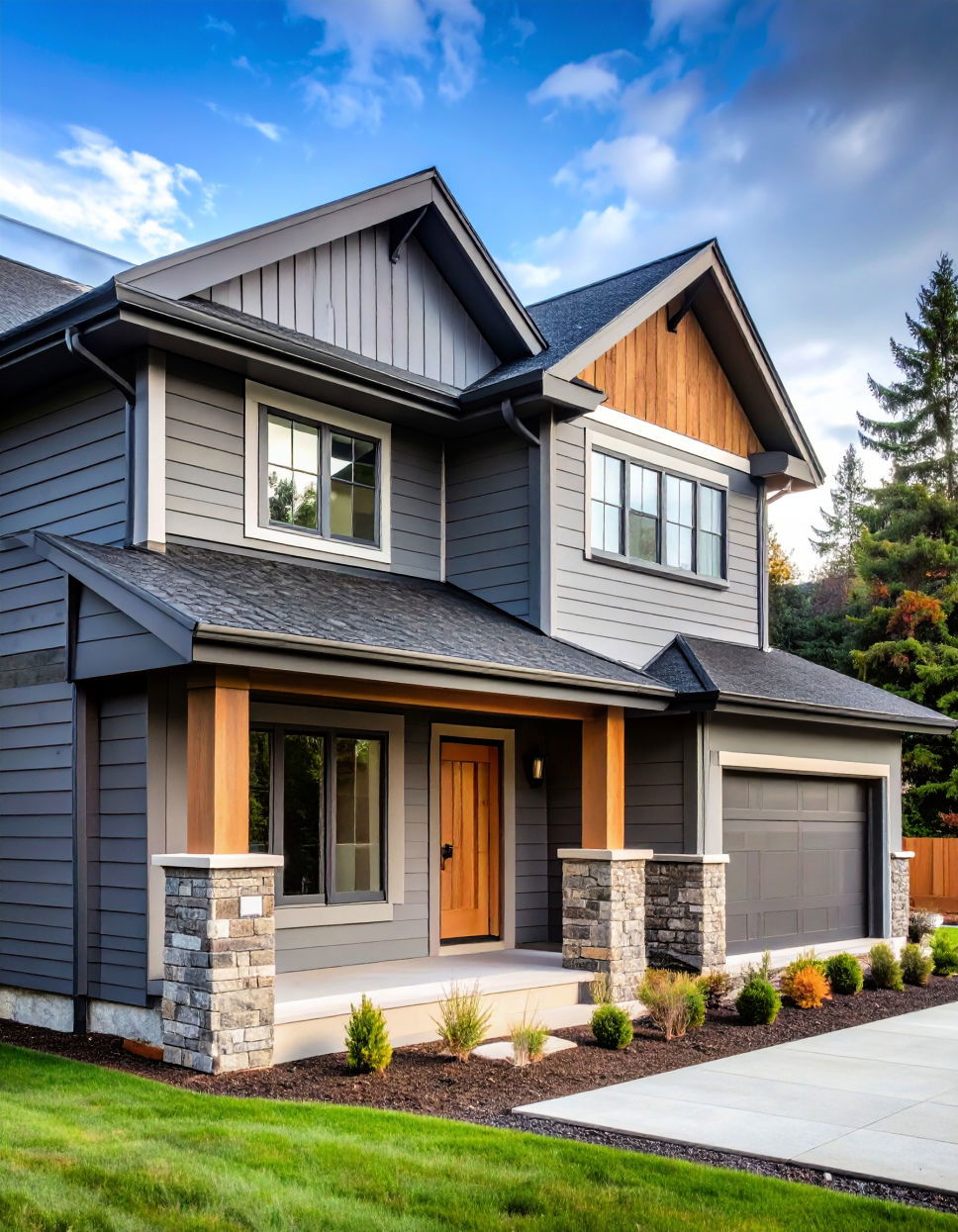
Infusing a rich tactile dimension into your home's exterior is achieved by pairing textured and smooth two-tone siding. This design plays on the contrast between different finishes, such as rough-sawn cedar shingles alongside sleek, smooth vinyl panels, each in one of the chosen colors. Imagine a section of deep, textured charcoal siding complementing a smooth, light gray panel, creating a captivating interplay of light and shadow. This combination adds significant visual depth and interest, making your home's facade feel more dynamic and sophisticated than with uniform materials.
12. Recessed Area Highlight Two-Tone Siding
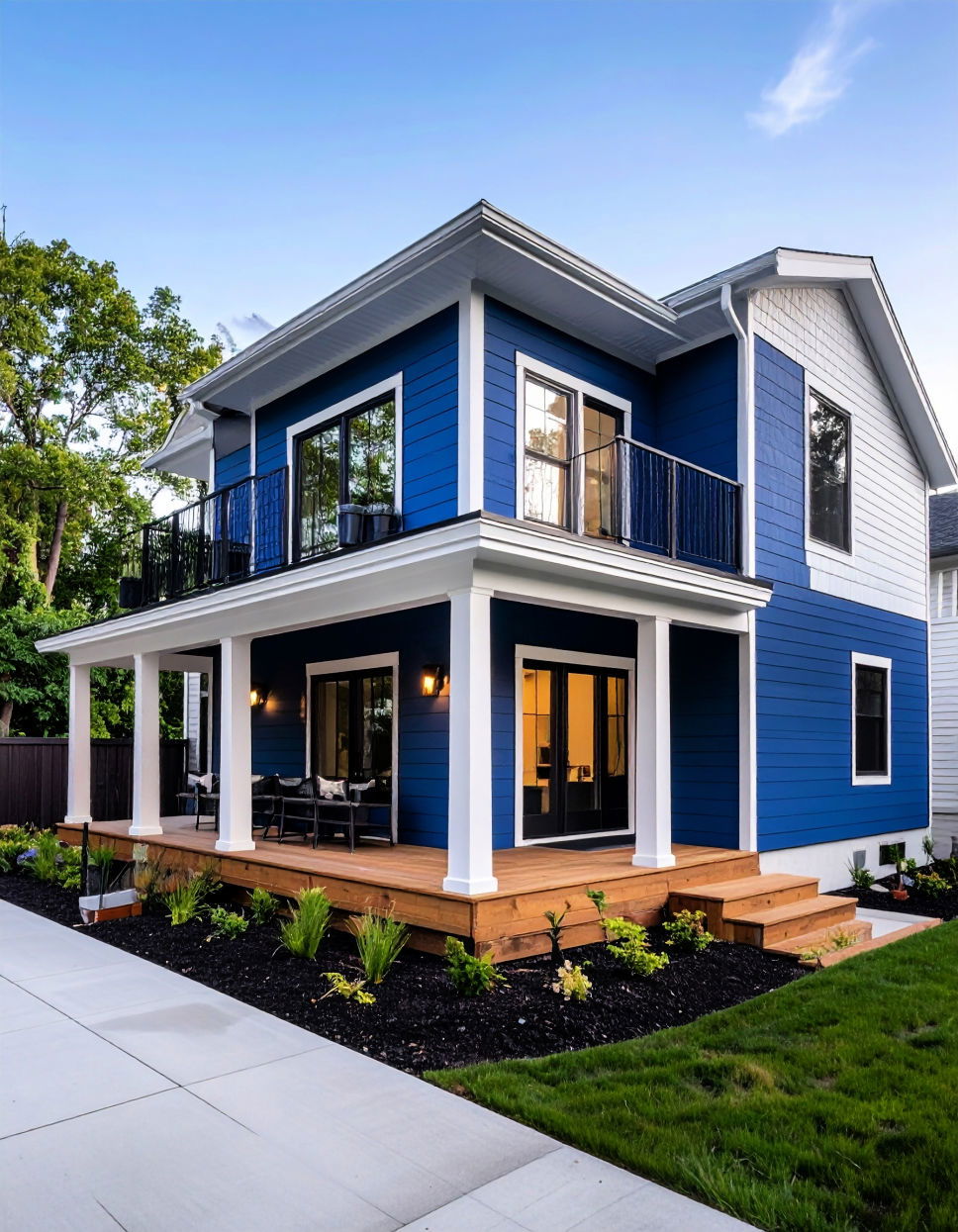
Drawing attention to unique architectural cut-outs or inset sections of your home becomes effortless with recessed area highlight two-tone siding. This design technique involves applying a contrasting color to the siding within these recessed areas, effectively turning them into striking focal points. Consider a home with a light main siding where an inset balcony or porch is clad in a bold, rich blue or deep red. This not only accentuates these specific features but also adds depth and dimension to the overall facade, creating a more dynamic and intriguing exterior.
13. Mixed Material Two-Tone Siding
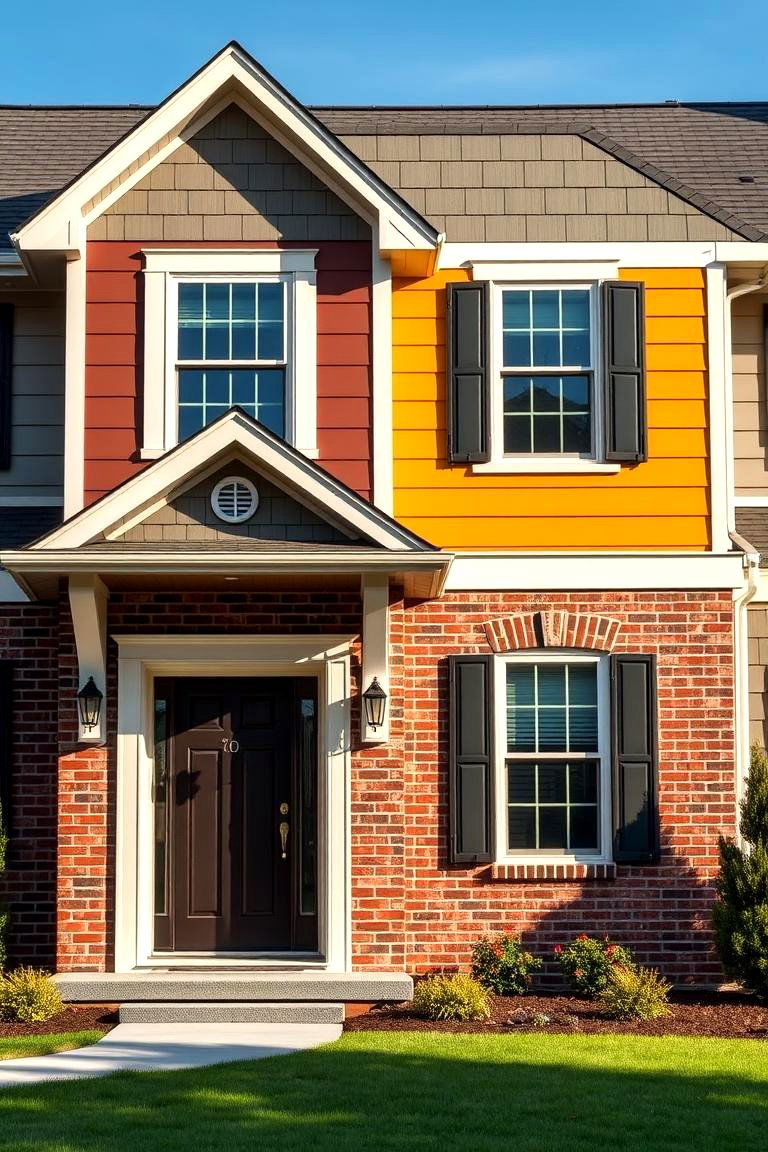
Achieving a truly sophisticated and diverse exterior is possible with mixed material two-tone siding, where different siding materials are combined with two distinct colors. This approach might involve pairing classic brick on the lower half with modern fiber cement siding on the upper, each in a complementary color. Imagine a warm, natural stone base blending into a sleek, dark gray vertical siding above, creating a rich tapestry of texture and shade. This adds substantial visual interest and can elevate the perceived value and unique character of your home.
14. Dormer Accent Two-Tone Siding

Enhancing the charm and architectural detail of your roofline is beautifully accomplished with dormer accent two-tone siding. This design strategy focuses on applying a distinct, contrasting color or material specifically to the dormers, turning these often-overlooked features into striking highlights. Picture a home with a soft cream main siding and dormers clad in a rich, dark blue or even a natural wood shake, creating a charming visual break. This attention to detail adds significant character and helps your home stand out in a delightful way.
15. Vertical and Horizontal Blend Siding
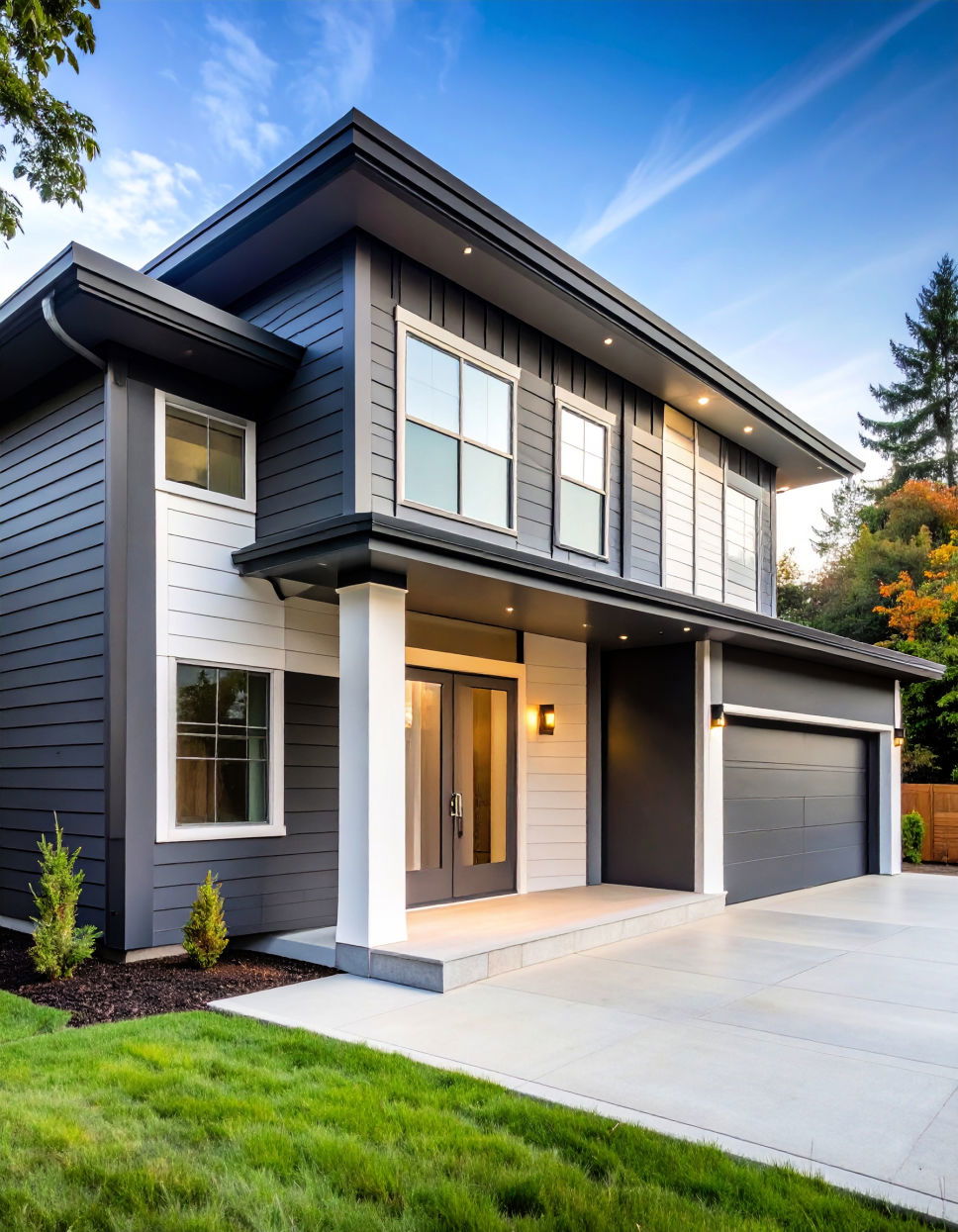
Achieving a modern and visually dynamic facade is expertly done with vertical and horizontal blend siding. This innovative design integrates both vertical and horizontal siding panels, often in contrasting colors, to create a compelling pattern and highlight different architectural zones. Imagine a home with sleek dark gray horizontal siding on the main body, transitioning into lighter, perhaps crisp white vertical siding on a specific architectural section or wing. This blend adds an engaging contemporary feel, breaking up large surfaces and injecting a unique visual rhythm.
16. Two-Tone Siding with Stone or Brick Skirting
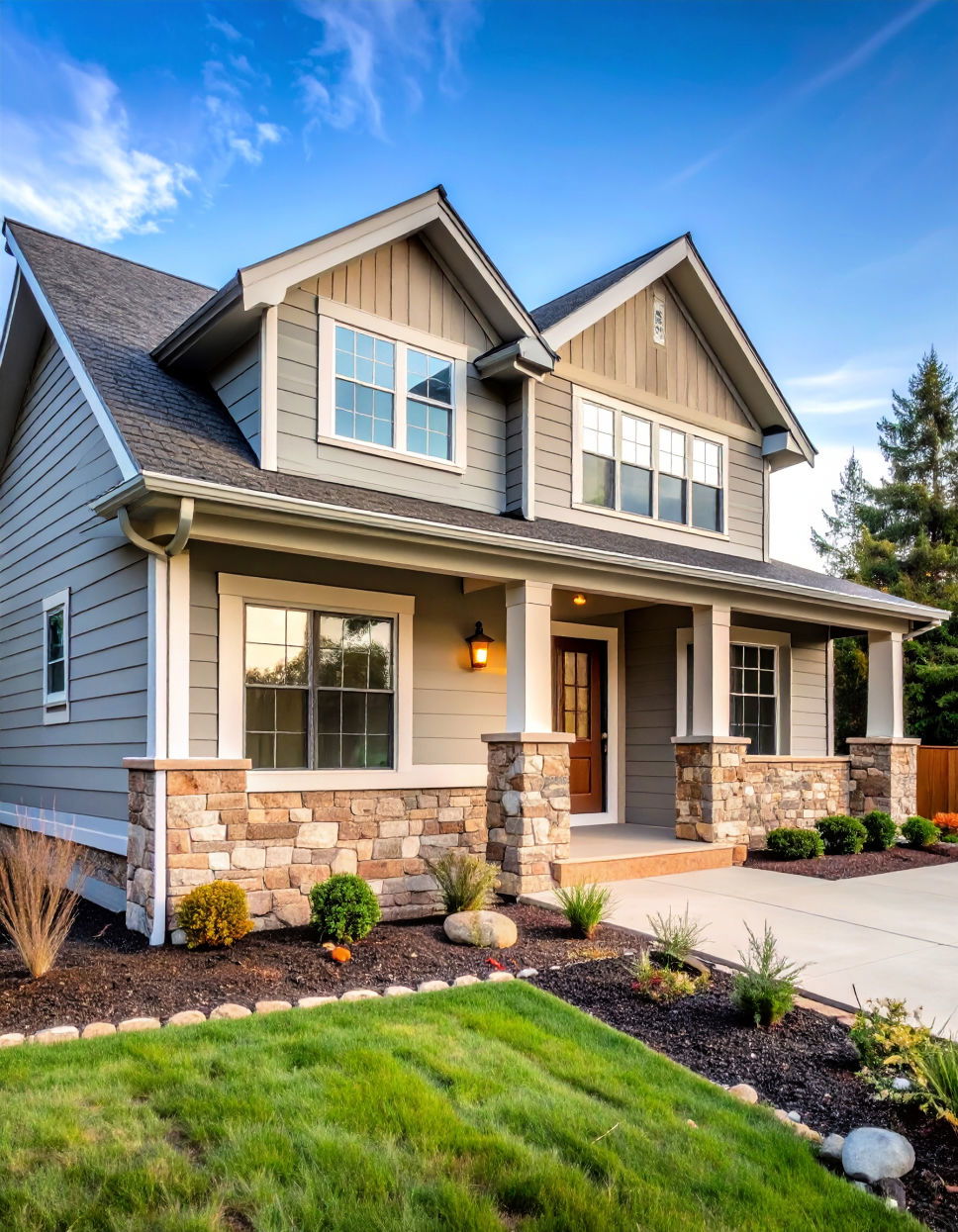
Grounding your home with a robust and elegant base is expertly achieved with two-tone siding complemented by stone or brick skirting. This design involves a lower section of natural stone or classic brick, providing a durable and timeless foundation, while the main body of the house features a contrasting color of siding. Envision a rustic-toned stone base seamlessly blending into a crisp, light gray or even deep blue siding above. This combination adds significant texture, visual weight, and classic curb appeal, creating a sense of enduring solidity.
17. Defined Section Two-Tone Siding
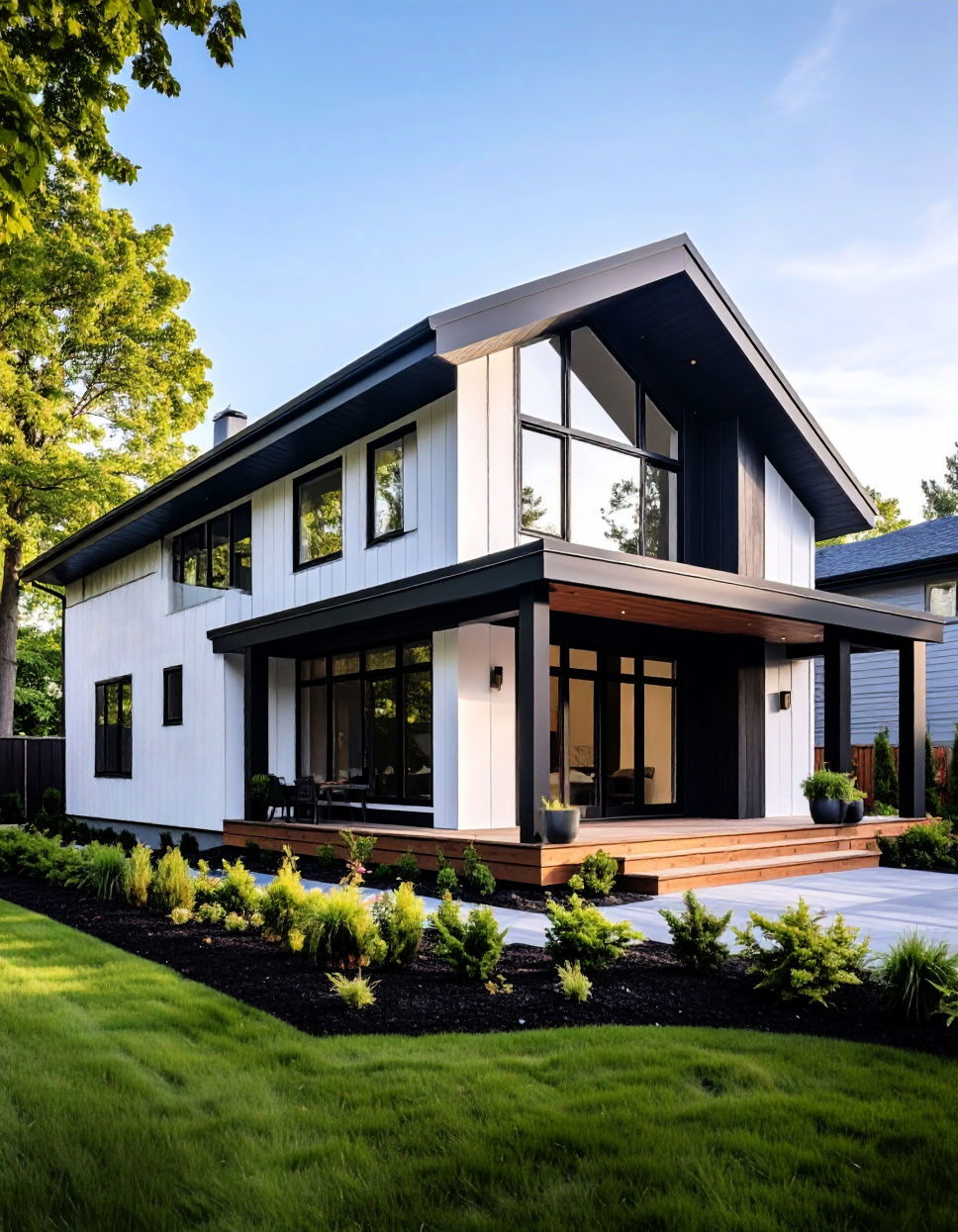
Highlighting distinct architectural segments of your home is precisely what defined section two-tone siding achieves. This design strategy involves cladding a specific, clearly demarcated section of the house—such as an entire wing, a protruding bay window, or a porch area—in a contrasting color of siding. Consider a contemporary home where a large, flat section is clad in a striking dark charcoal, while the adjacent main structure is a bright, airy white. This creates strong visual delineation and adds purposeful, modern interest to the overall facade.
18. Upper Story Contrast Two-Tone Siding
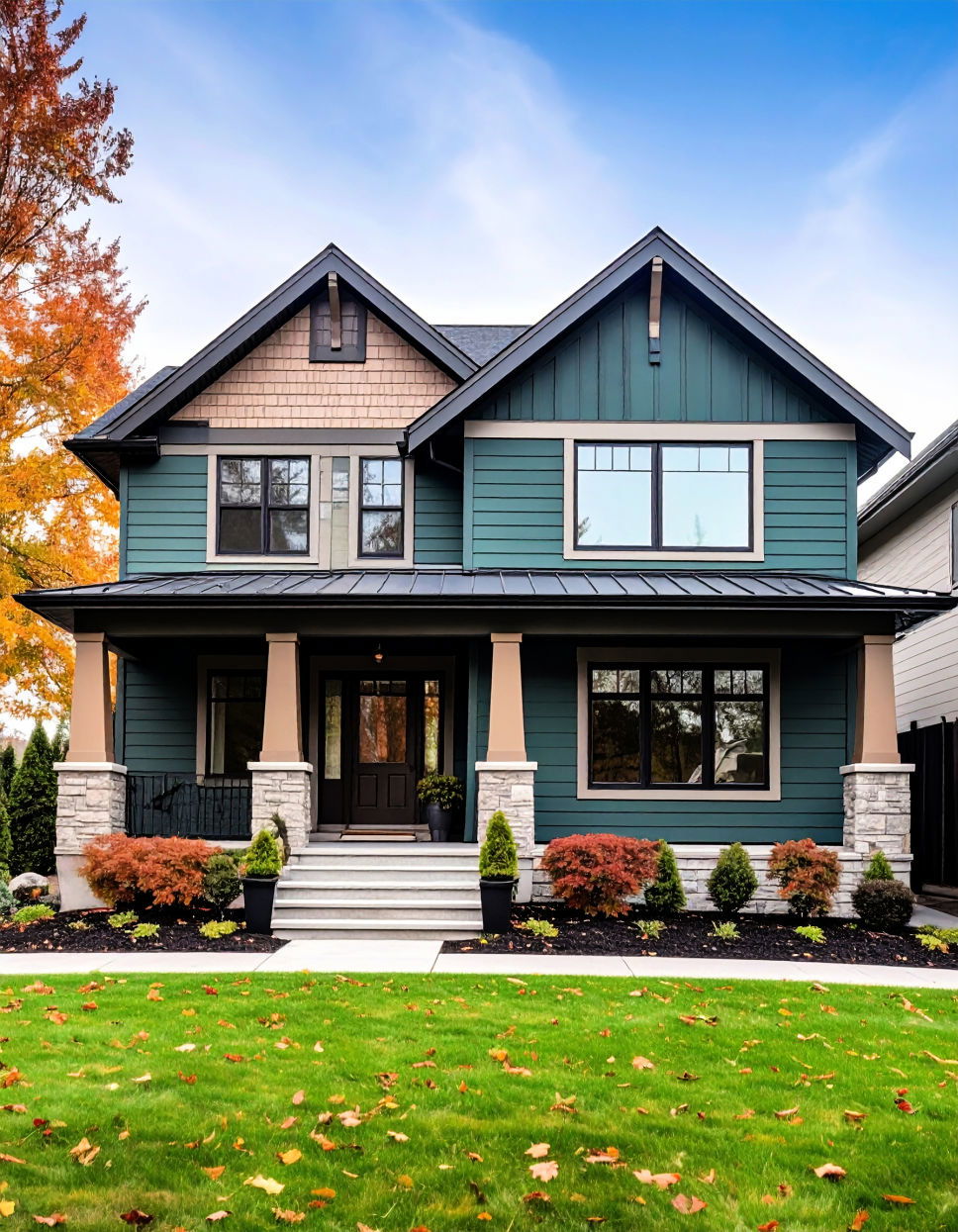
Creating a visually distinct upper level that offers a sense of lightness and architectural flair is brilliantly achieved with upper story contrast two-tone siding. This design involves using a lighter or contrasting color for the siding on the second story and above, while the lower level maintains a darker or different shade. Imagine a deep, inviting green on the first floor transitioning to a soft, airy beige on the second. This approach emphasizes the structure's height and can make a home appear more expansive and balanced, adding significant charm.
19. Reverse Two-Tone Siding Application
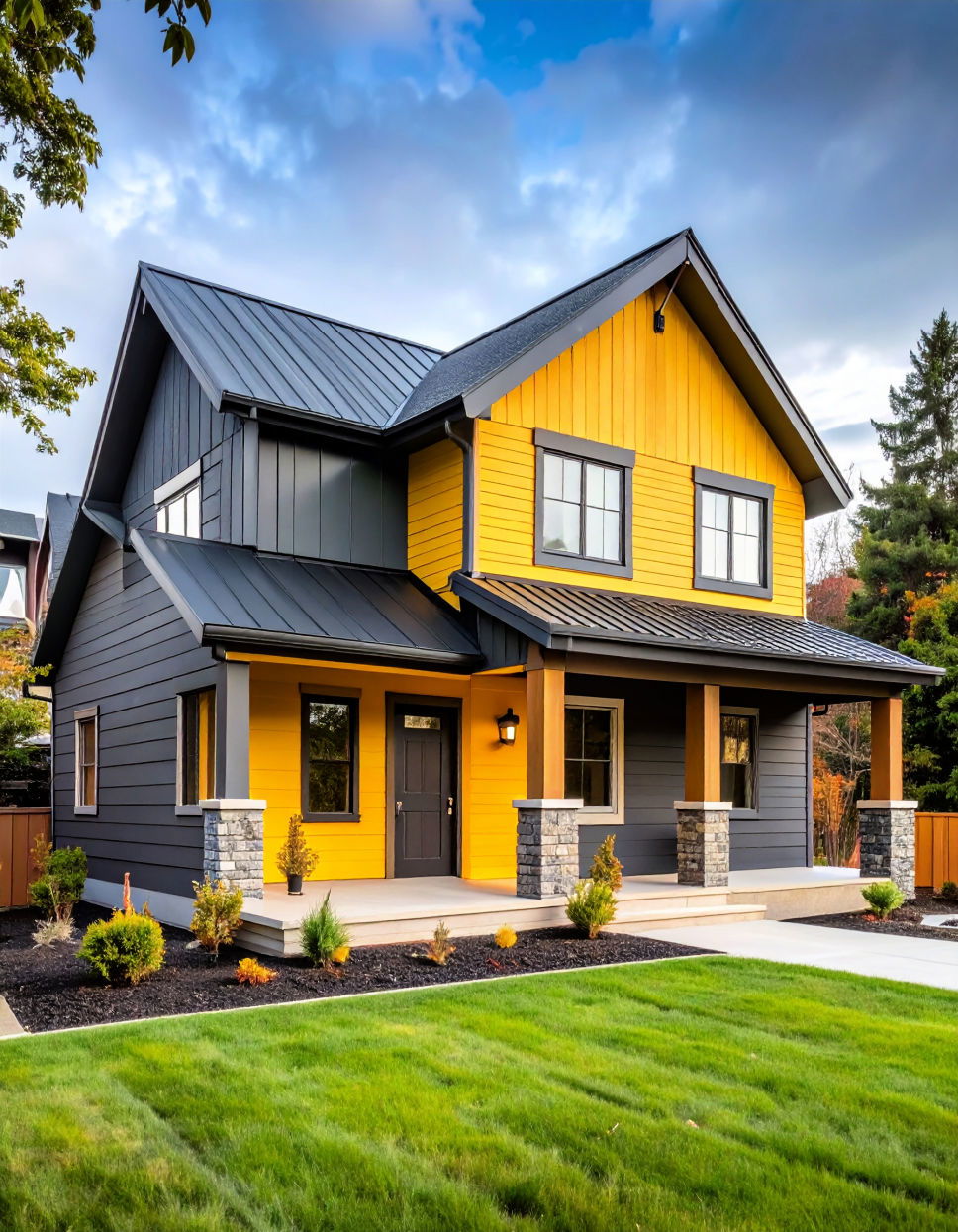
Challenging traditional design norms and creating an unexpected visual twist is the essence of reverse two-tone siding application. Instead of the typical darker base, this design places the lighter or brighter color on the lower portion of the home, with the darker or contrasting shade on the upper sections. Picture a home with a cheerful yellow on the ground floor, capped by a sophisticated deep gray on the upper story and gables. This unconventional approach adds a modern, fresh, and uniquely artistic flair, making your home truly memorable.
20. Minimalist Two-Tone Siding
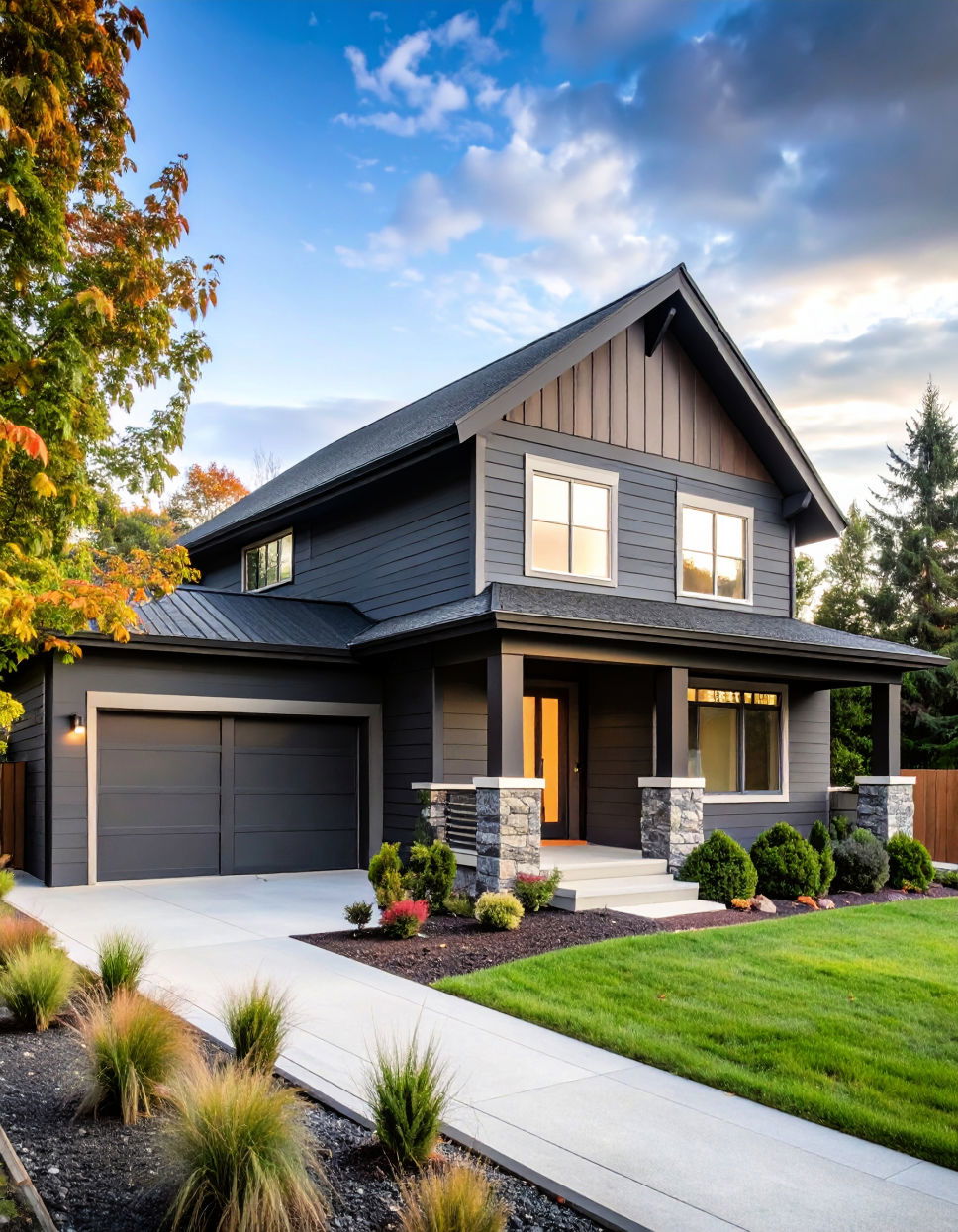
Embracing simplicity and sleek lines is the core of minimalist two-tone siding. This design uses only two subtly contrasting colors, often within the same color family or muted tones, to create a sophisticated and understated exterior. Imagine a home with smooth, charcoal gray siding on one section and a slightly lighter, cool gray on another, with minimal trim or ornate details. This approach focuses on clean lines and the inherent beauty of the materials, offering a serene, contemporary aesthetic that speaks volumes through its elegant restraint.
21. Siding with Colored Shutters and Trim
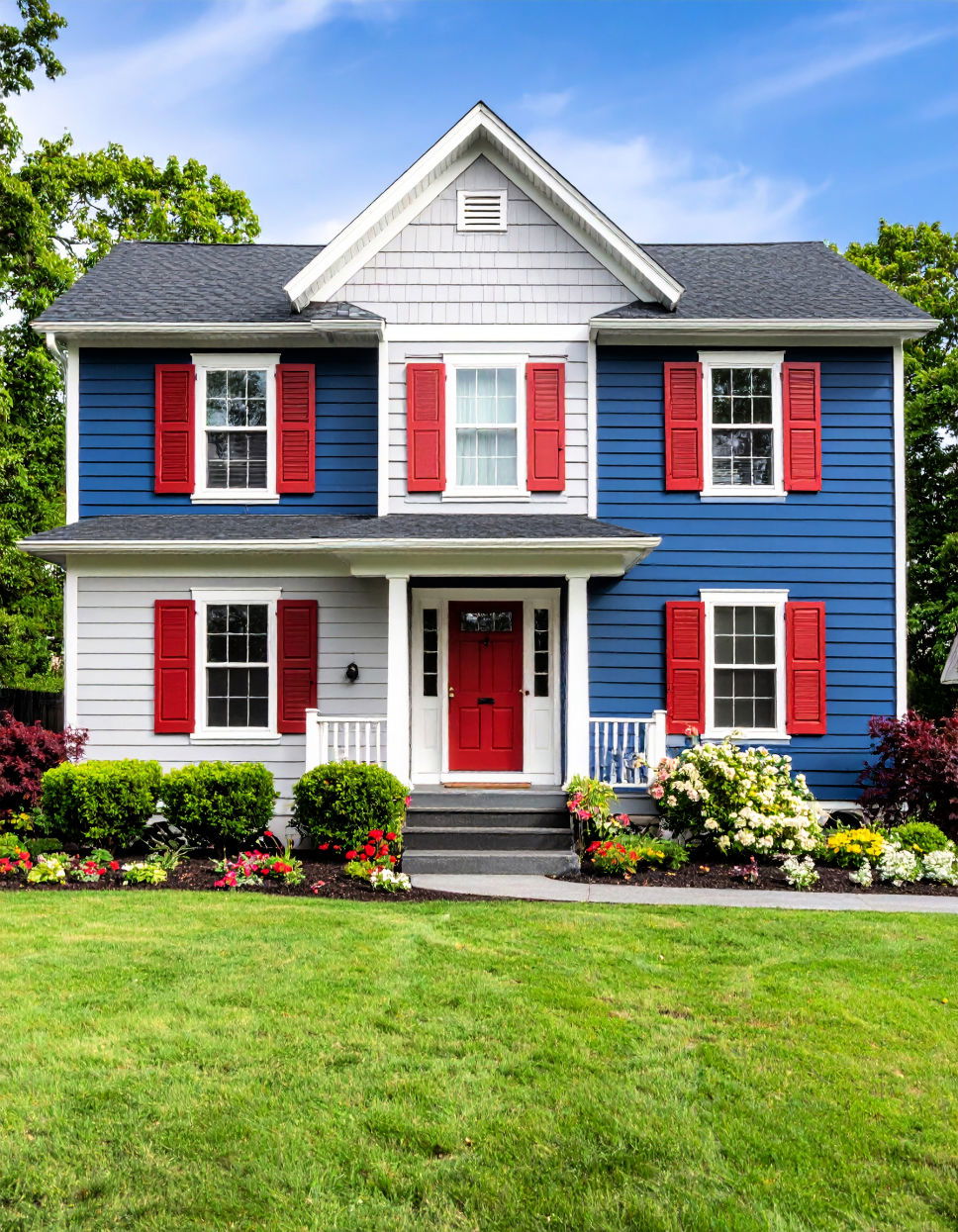
Adding vibrant pops of color and intricate detail to your home's facade is wonderfully achieved by combining two-tone siding with contrasting colored shutters and trim. This design allows for a primary siding color and an accent siding color, further enhanced by bold or complementary hues on the shutters and window/door trim. Consider a light gray main siding with dark blue accent siding on a gabled section, then tie it all together with crisp white trim and charming red shutters. This multi-layered approach brings significant depth and personality.
22. Side and Front Contrast Two-Tone Siding
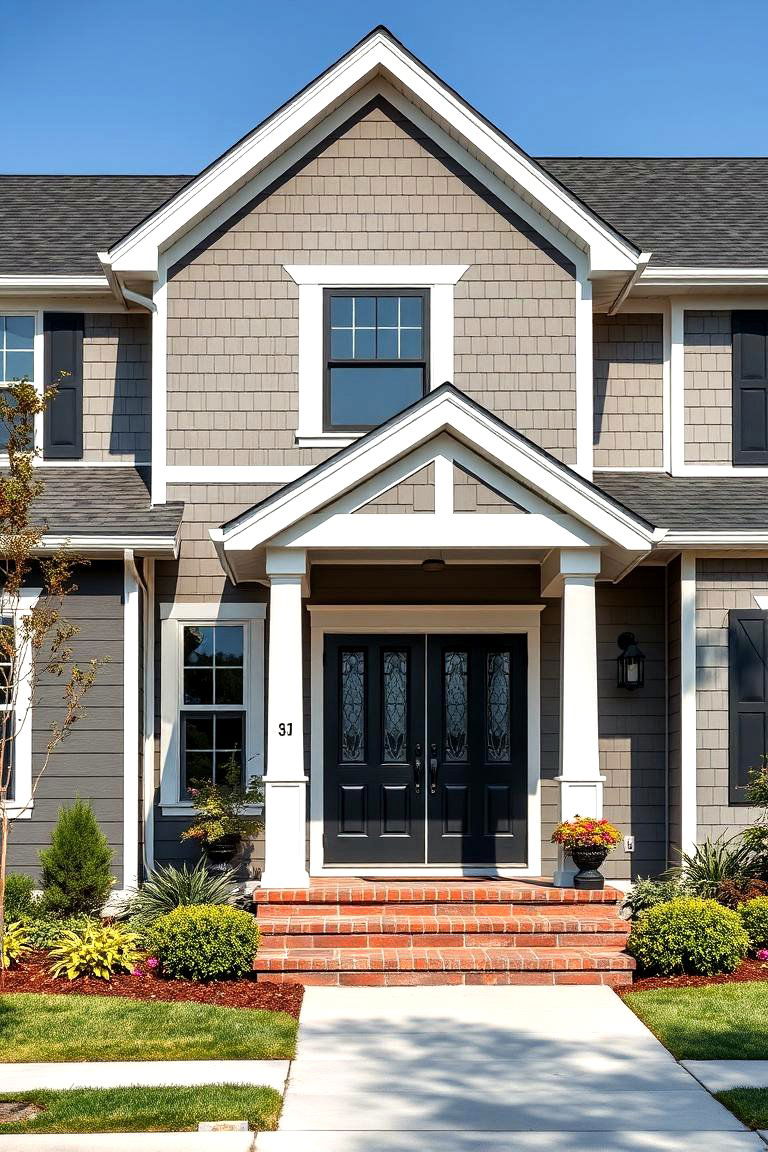
Introducing unexpected visual intrigue and highlighting different architectural planes is effectively done with side and front contrast two-tone siding. This design involves using one color of siding on the primary front facade and a contrasting color on the side elevations of the home. Imagine a modern home with a bold, dark gray front, while its sides are clad in a crisp, lighter white or soft beige. This unique approach creates a striking distinction as you move around the property, adding depth and a contemporary edge to its overall presence.
23. Overlay Two-Tone Siding Design
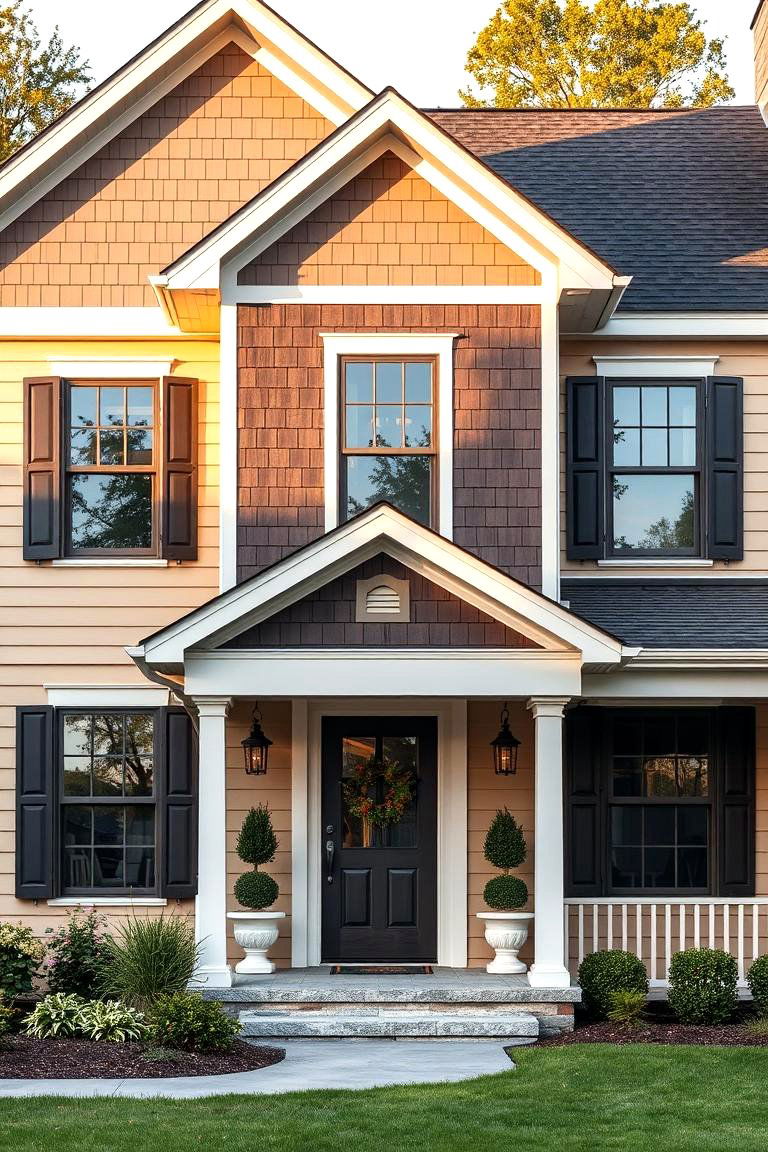
Creating a dynamic, layered appearance that adds significant architectural depth is the essence of overlay two-tone siding. This design involves placing one color of siding as the primary base, then adding a second, contrasting color or material as an "overlay" on specific architectural elements like bump-outs, porticos, or decorative panels. Picture a home with a warm beige main siding, featuring sophisticated dark brown shiplap overlays on a prominent front section. This technique creates visual complexity and a bespoke, custom-built feel for your home.
24. Geometric Pattern Two-Tone Siding
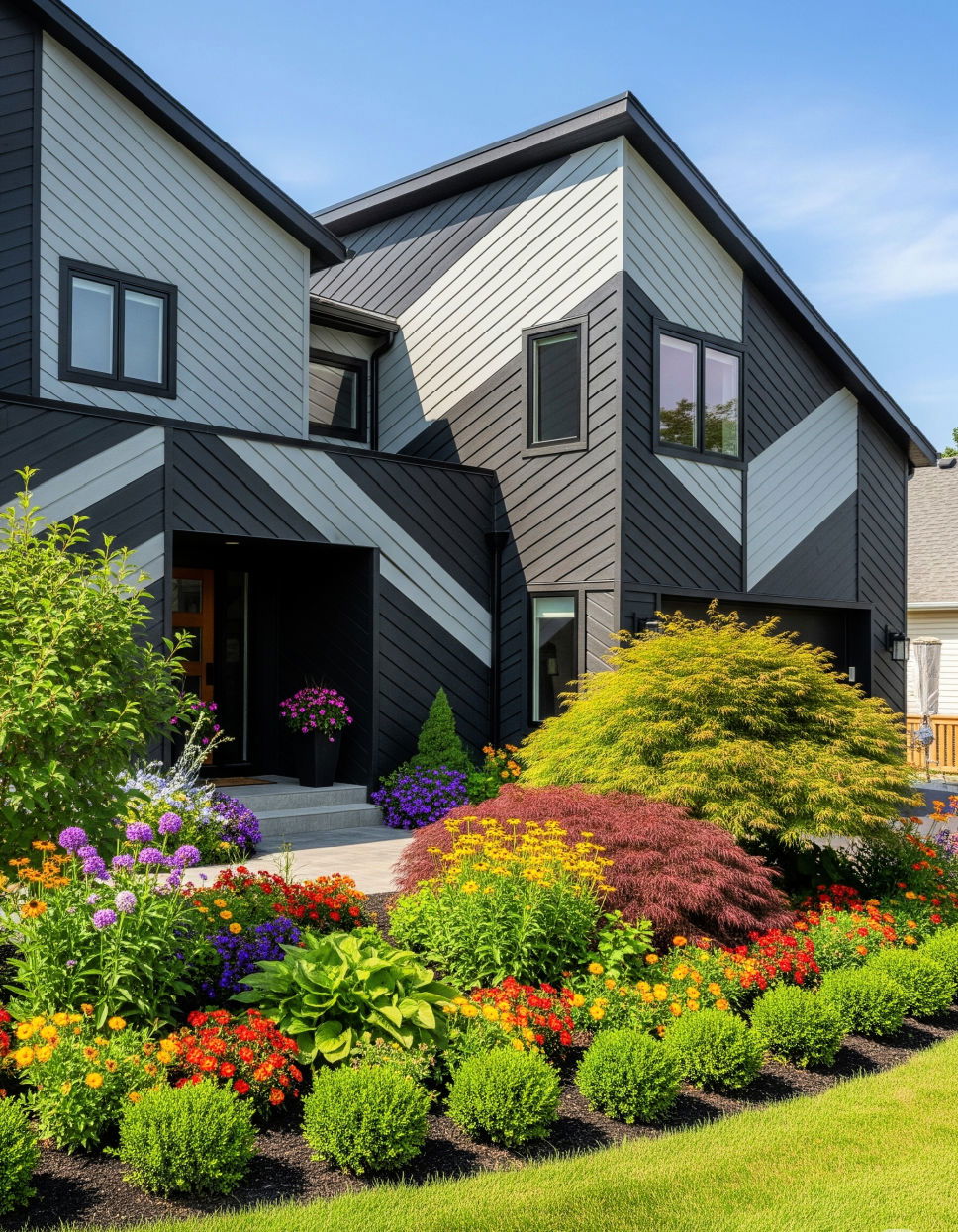
Infusing a bold, contemporary statement into your home's exterior is brilliantly executed with geometric pattern two-tone siding. This design goes beyond simple color blocks, utilizing the two chosen hues to create distinct shapes, angles, or recurring patterns across the facade. Imagine a modern home where dark gray and light gray siding panels are arranged in a chevron pattern, or form intersecting lines that create striking visual artistry. This innovative approach offers a truly unique and cutting-edge aesthetic, making your home a work of art.
25. Two-Tone Siding with Vertical Panel Accents
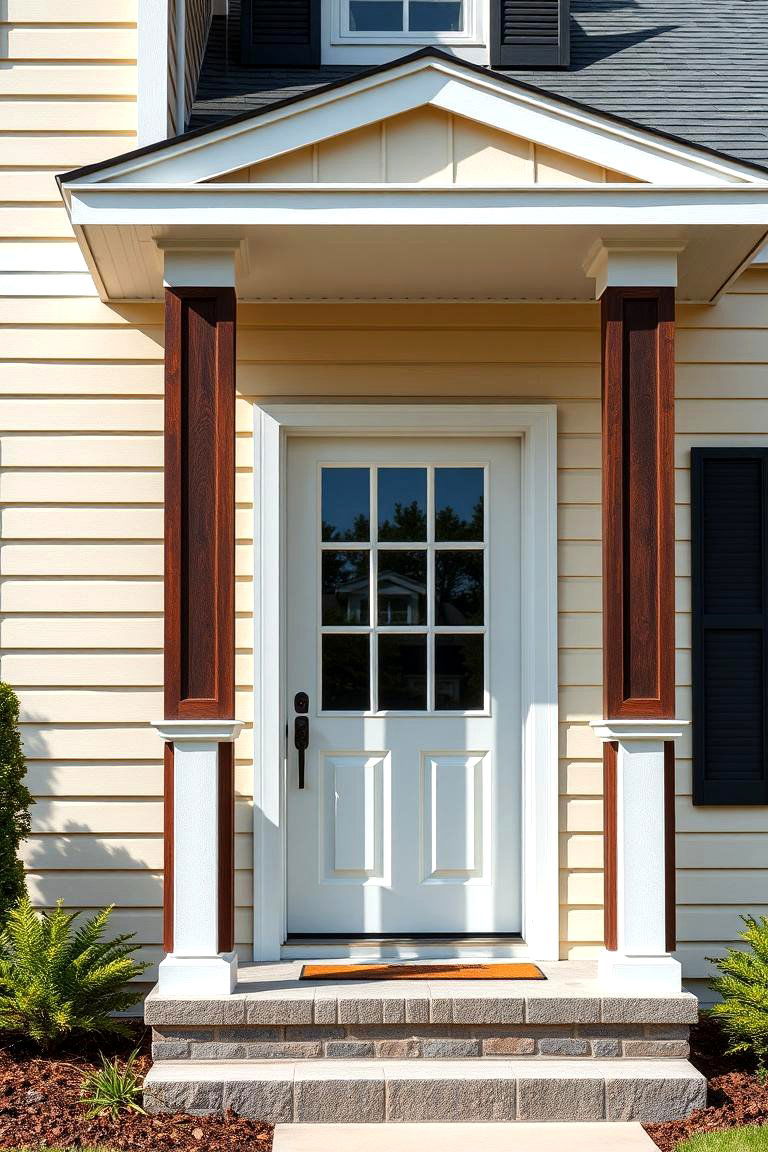
Adding a touch of contemporary flair and vertical emphasis to a home's exterior is beautifully achieved with two-tone siding featuring vertical panel accents. This design typically involves a primary horizontal siding in one color, while specific sections, such as entryways, tall narrow walls, or chimney chases, are highlighted with vertical panels in a contrasting color. Picture a home with classic cream horizontal siding and striking dark wood-toned vertical panels flanking the front door. This combination draws the eye upward, adding height and modern sophistication.
Conclusion:
Two-tone siding designs offer an unparalleled opportunity to transform a home's exterior, moving beyond mere color to craft a truly distinctive statement. From enhancing architectural features and creating visual depth to establishing a unique aesthetic, these designs empower homeowners to infuse their personality into every surface. Each of the 25 two-tone siding designs explored here provides a practical path to elevating curb appeal and reflecting individual style, ensuring your home stands out with purpose and elegance. Ultimately, embracing two-tone siding can lead to a home that not only looks exceptional but also genuinely feels like a personalized sanctuary.


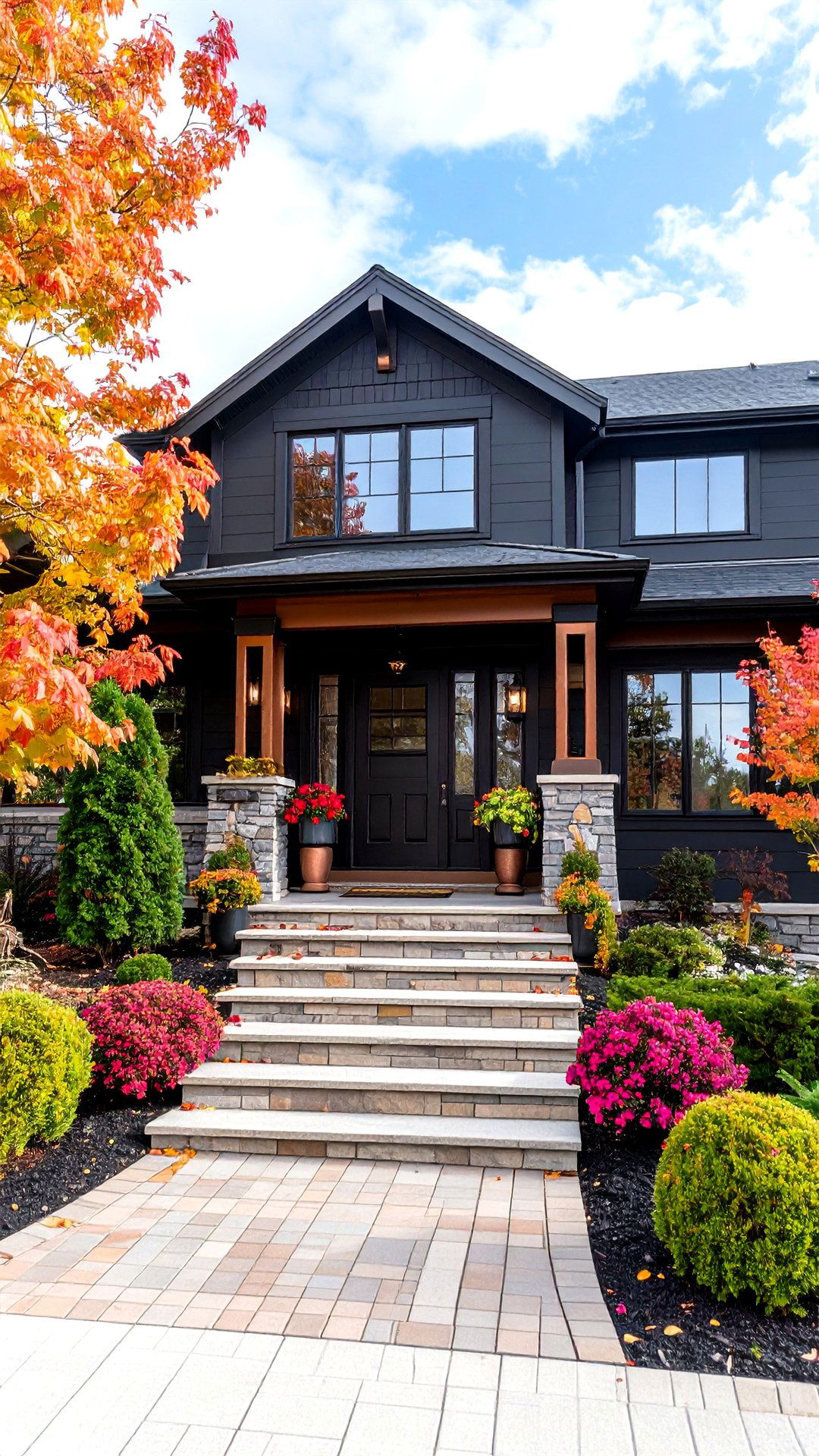
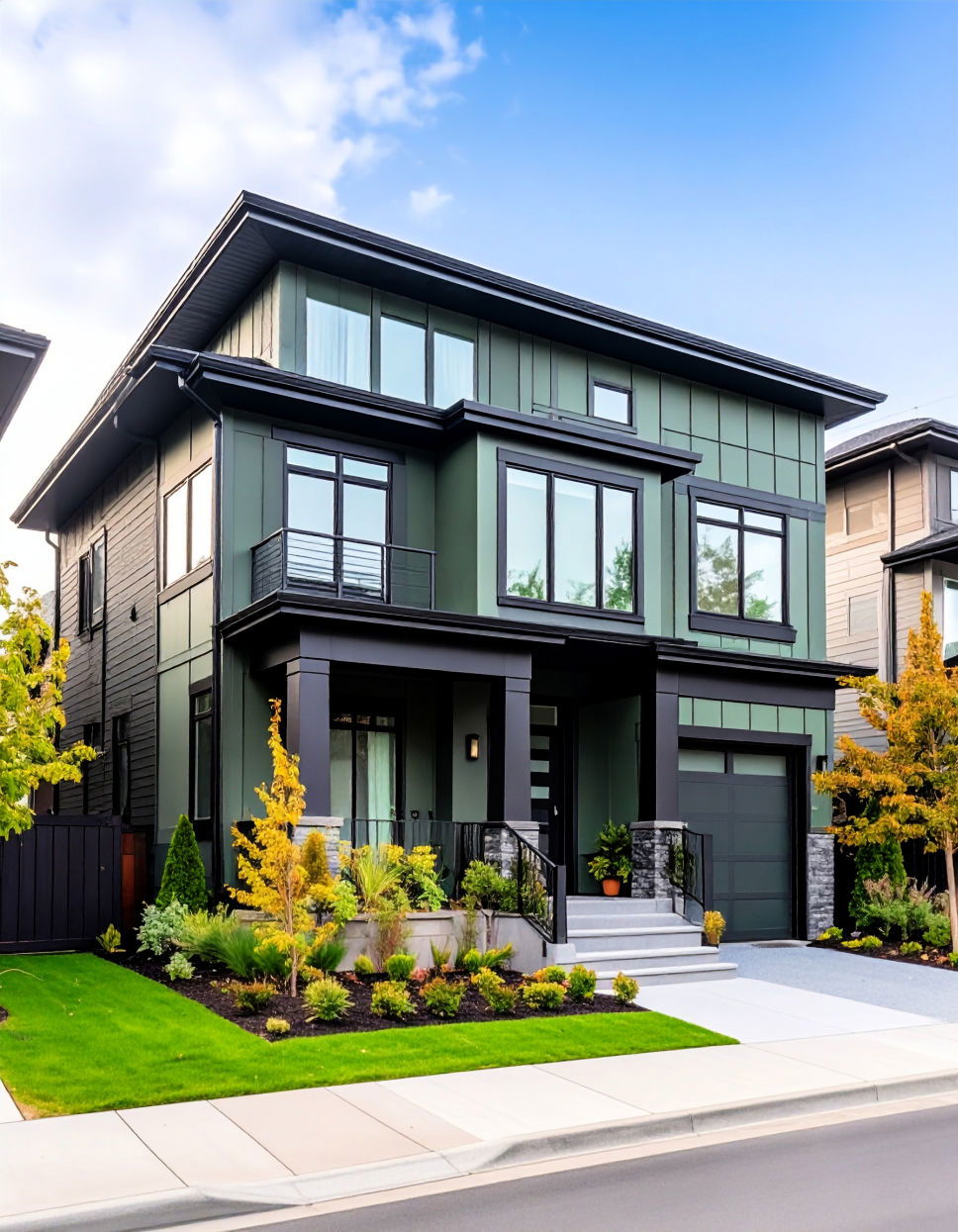
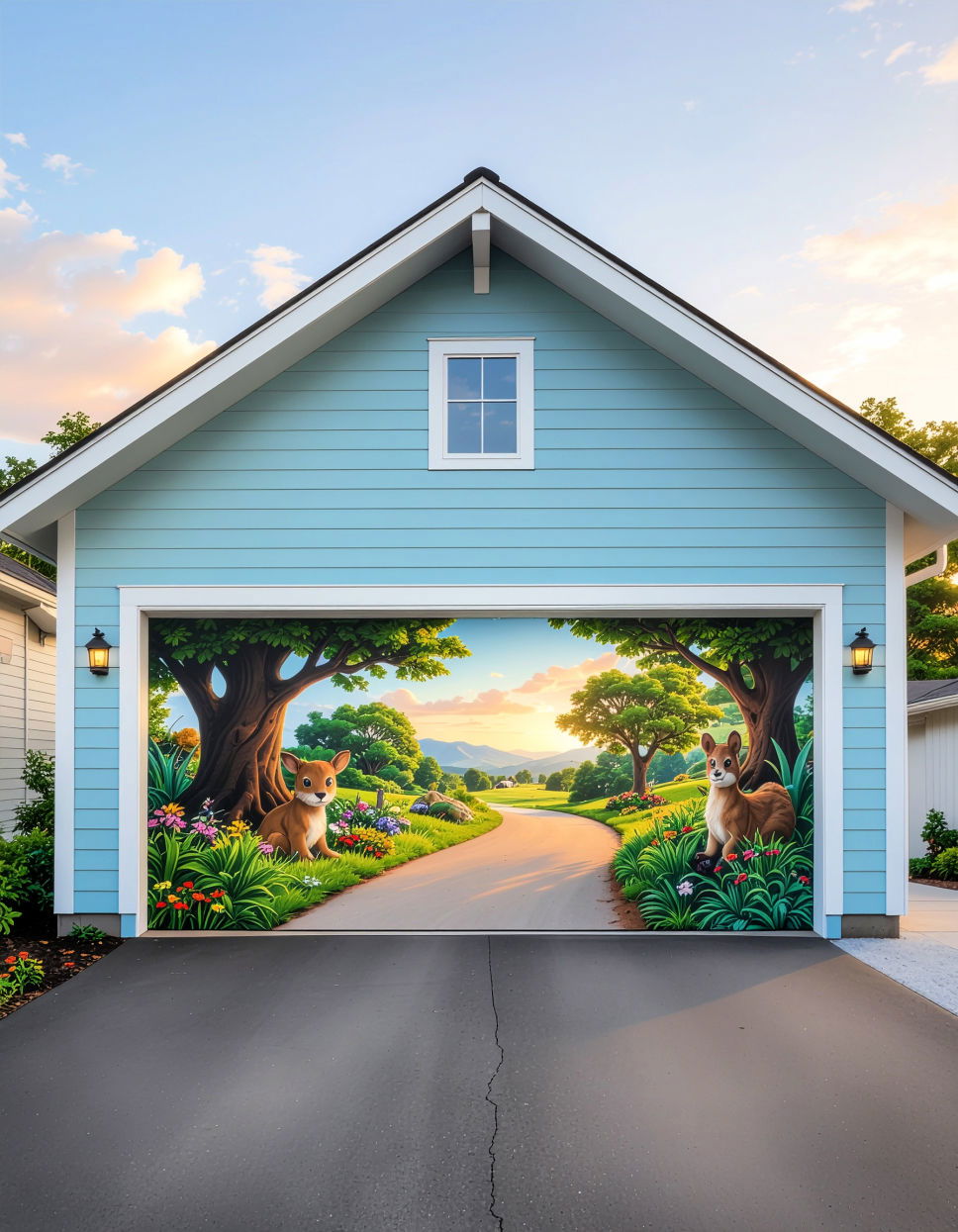
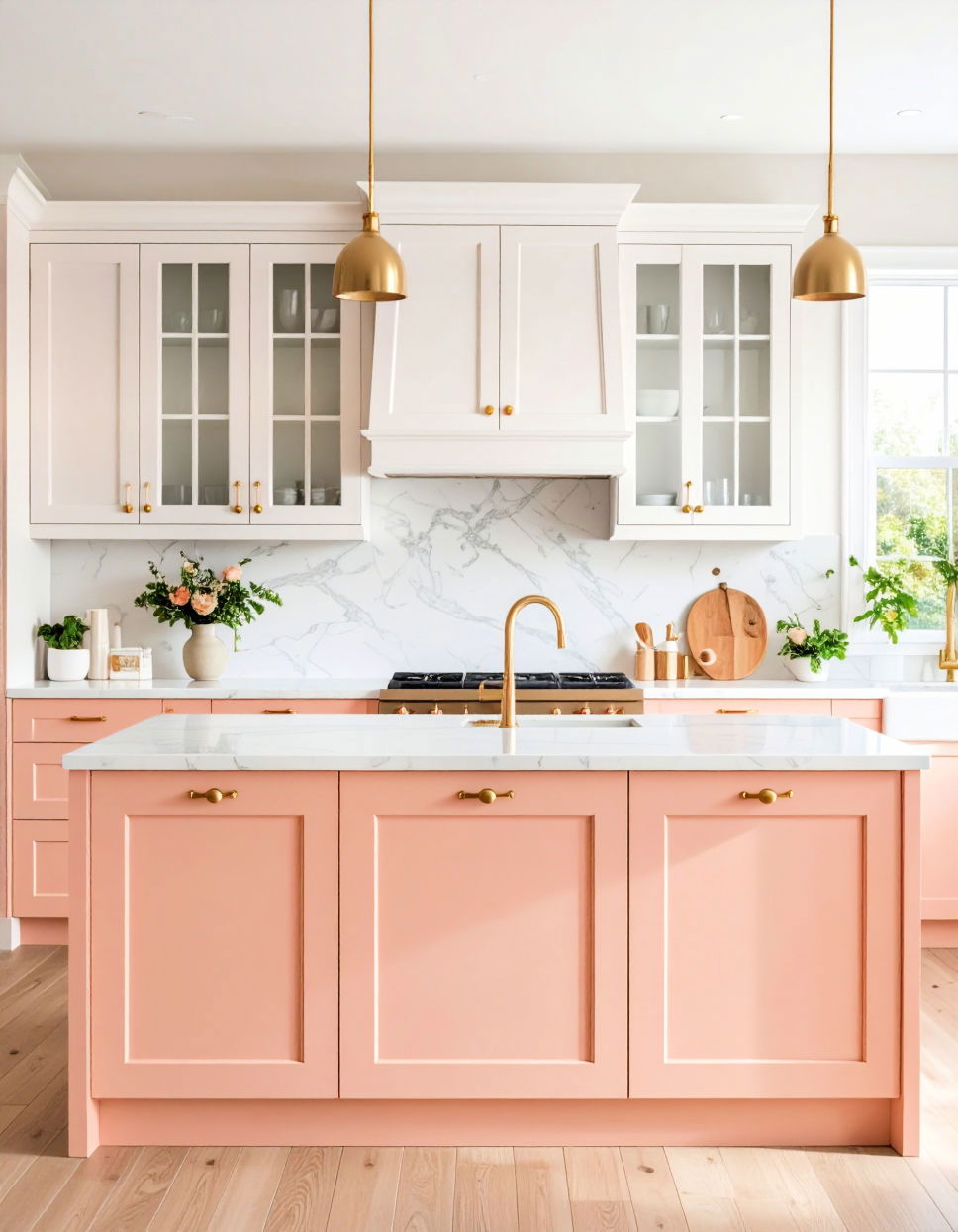
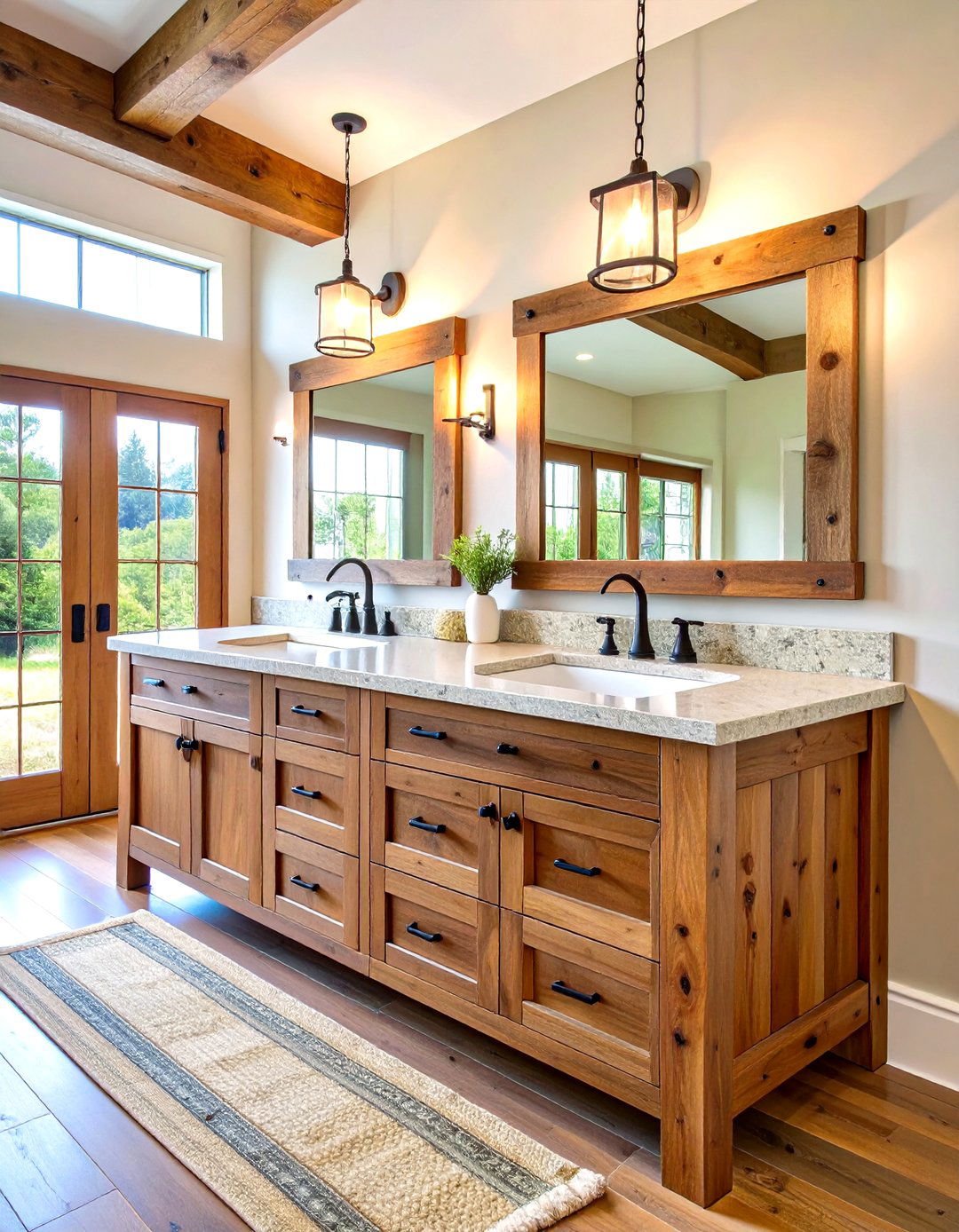

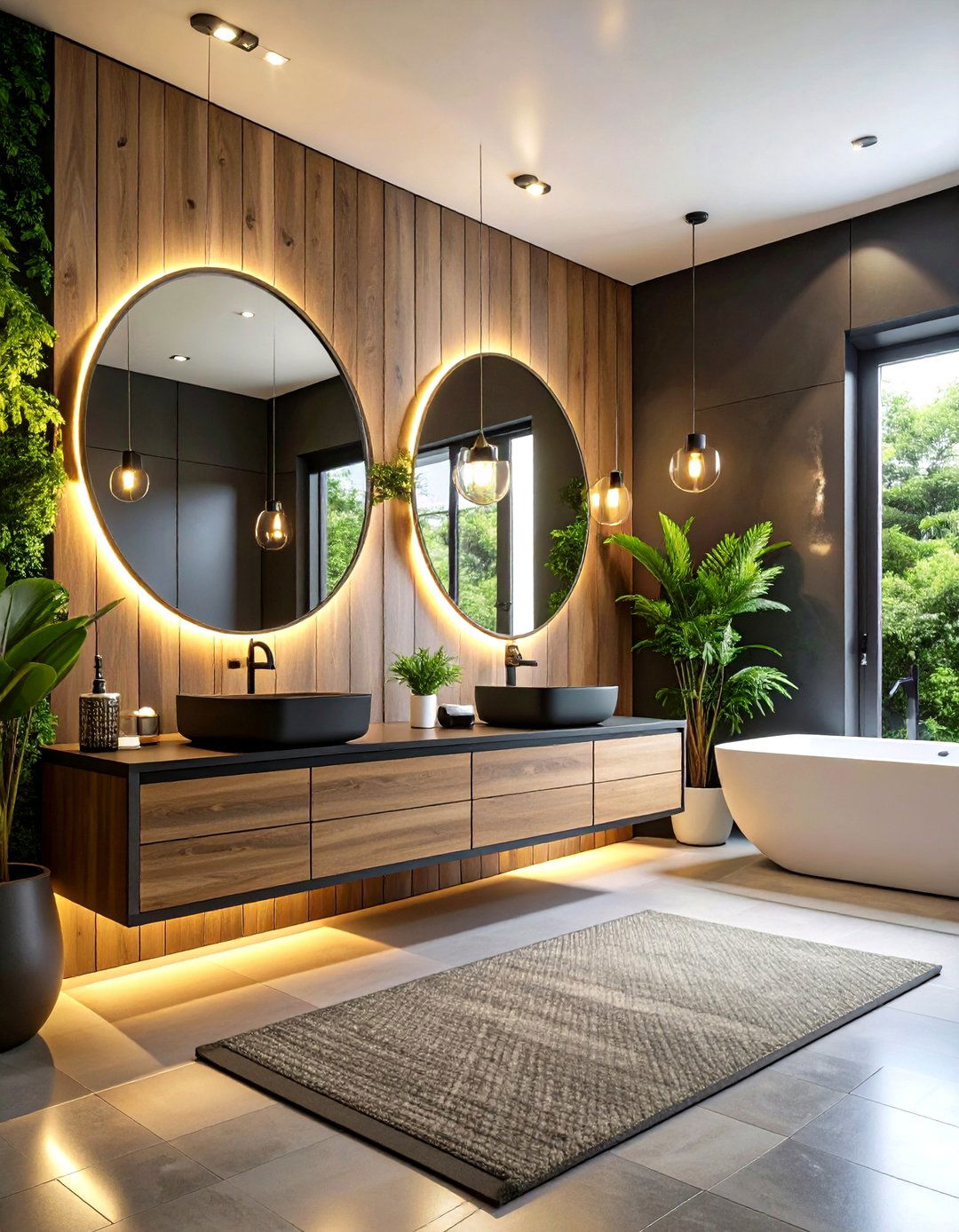
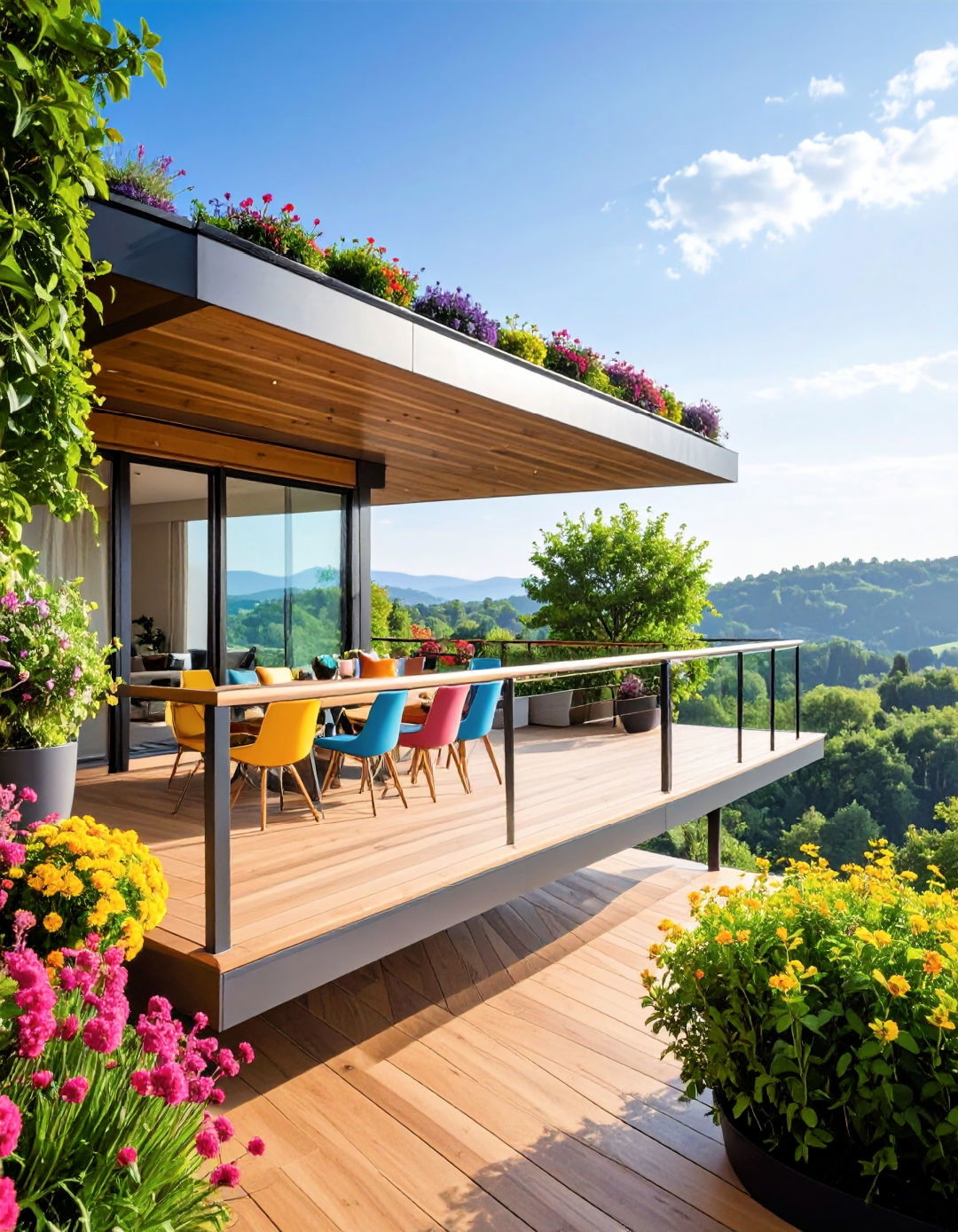


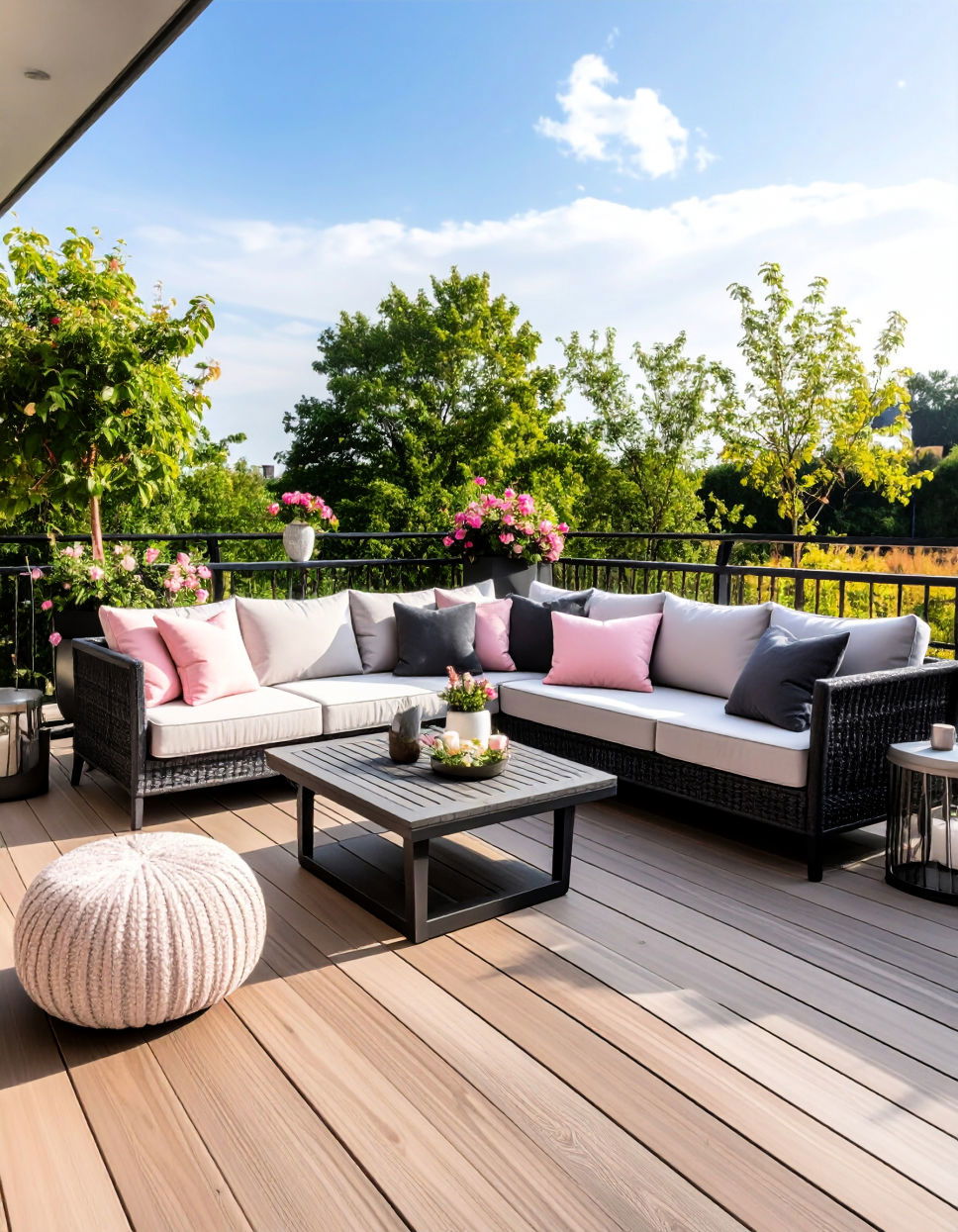
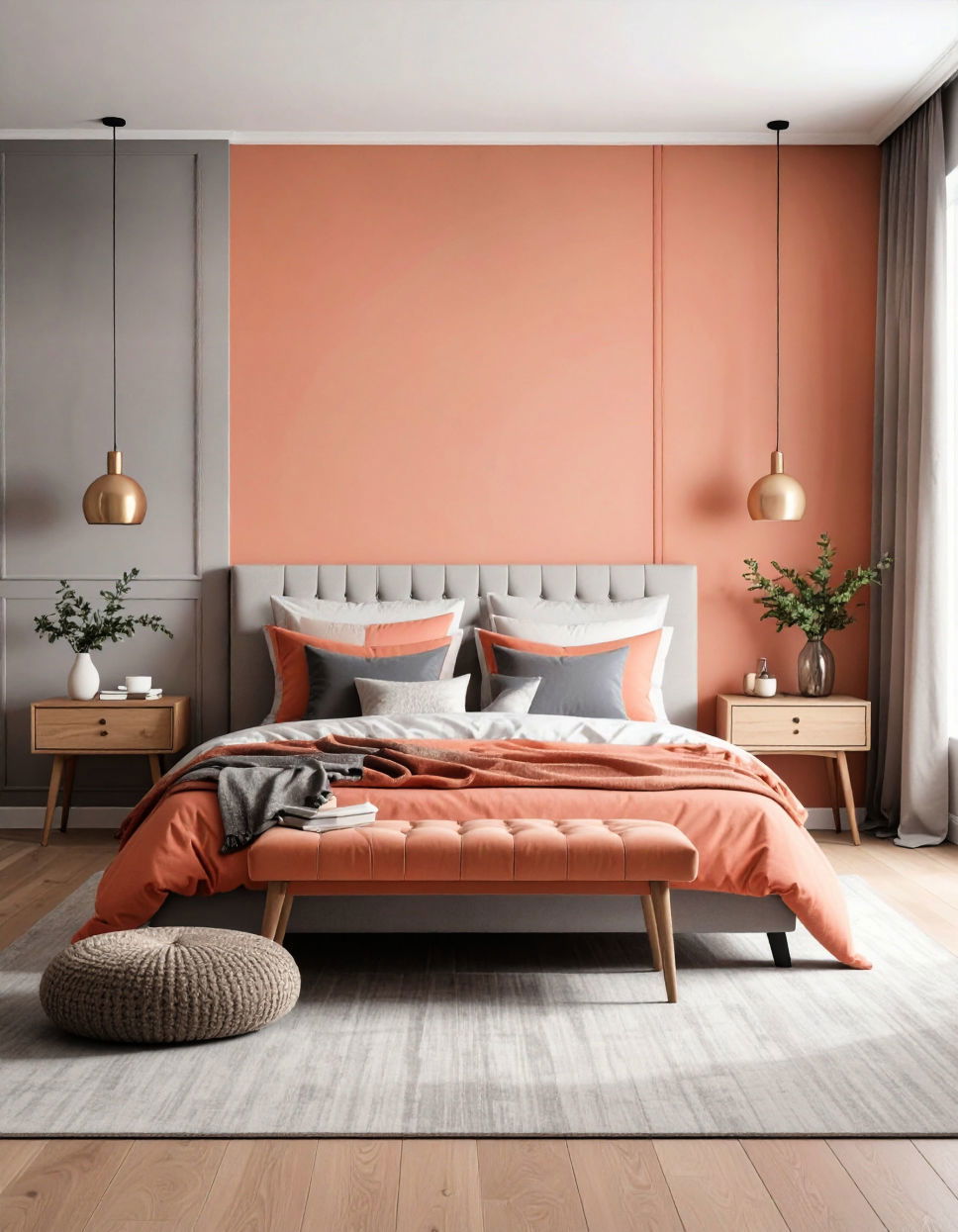
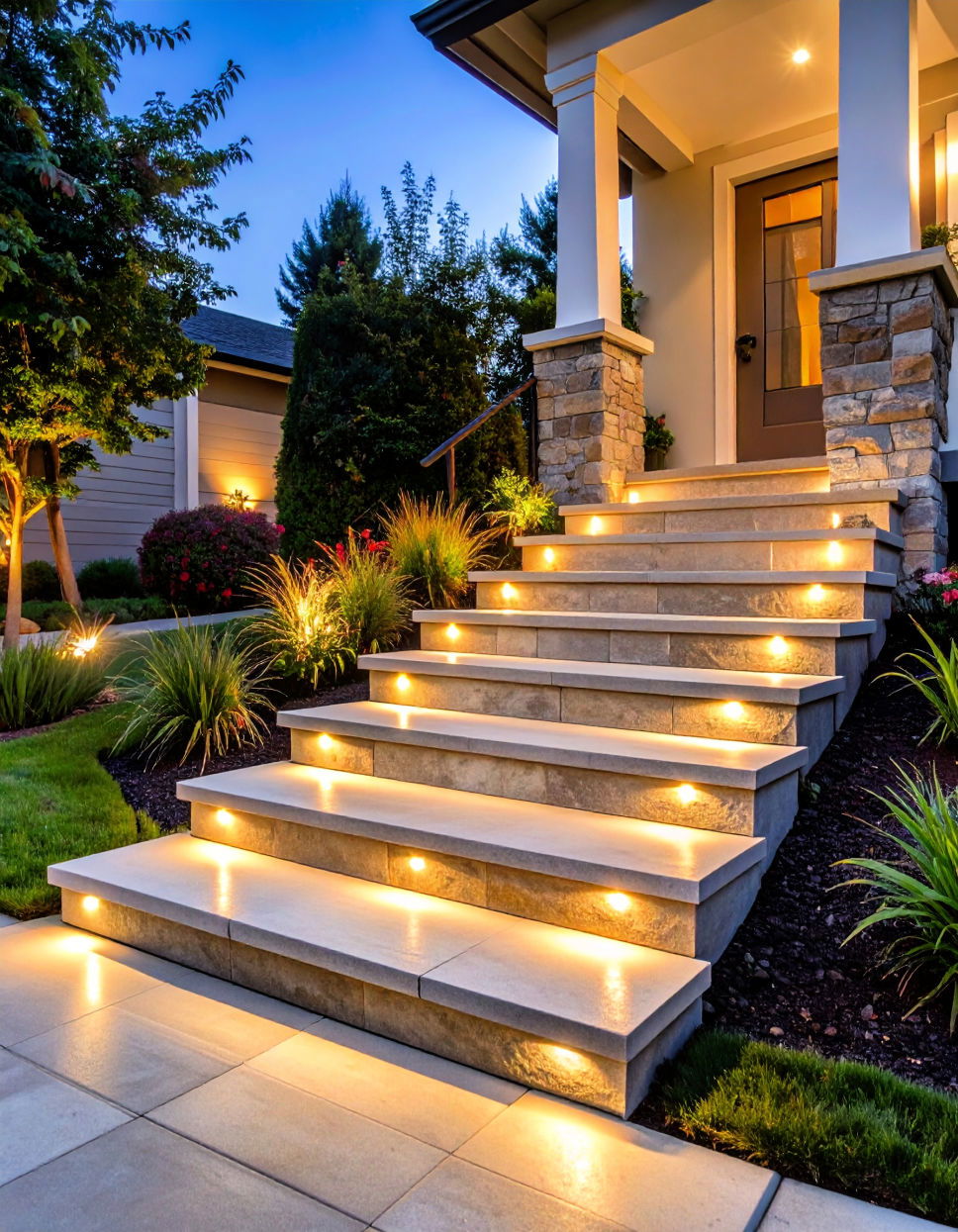
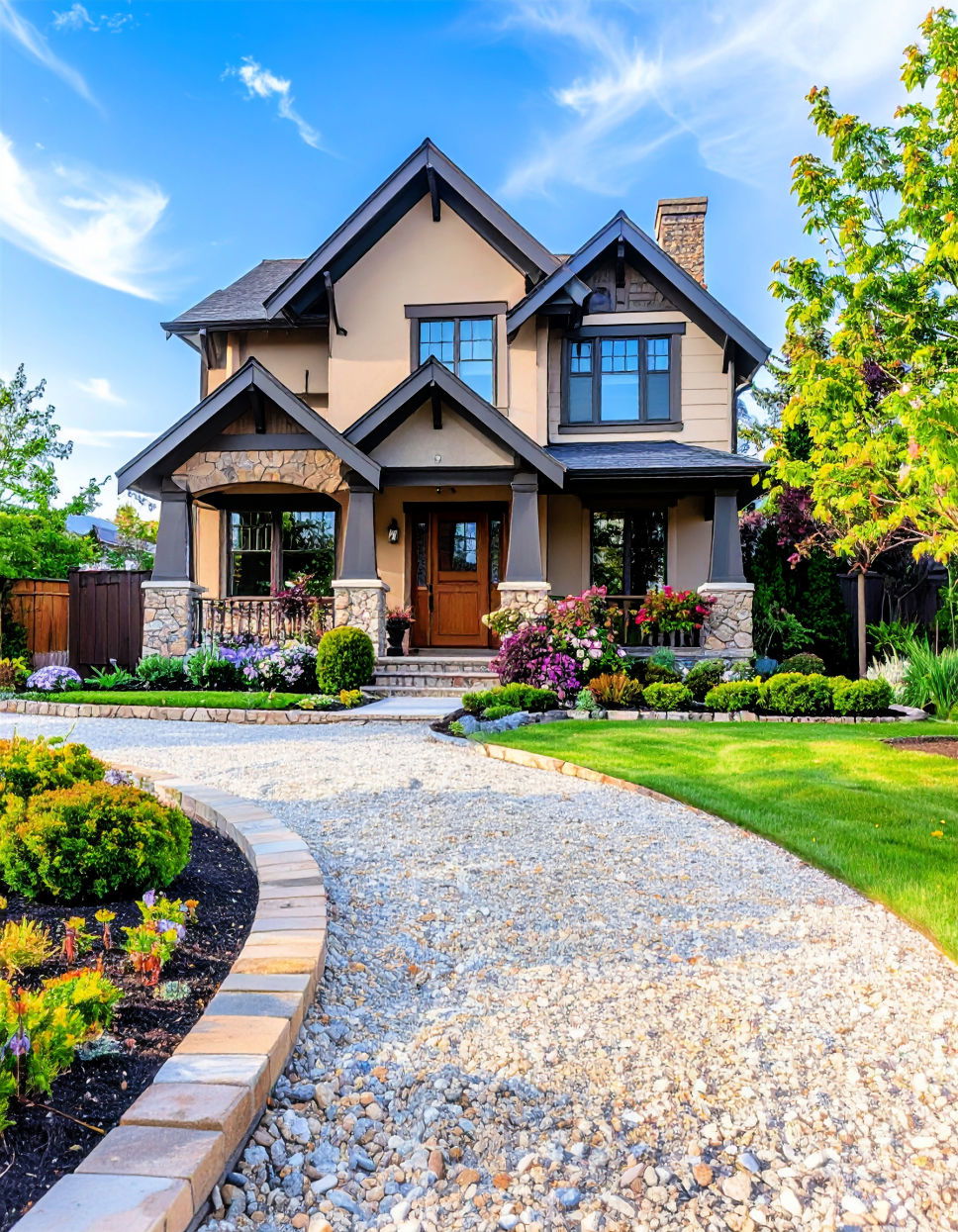
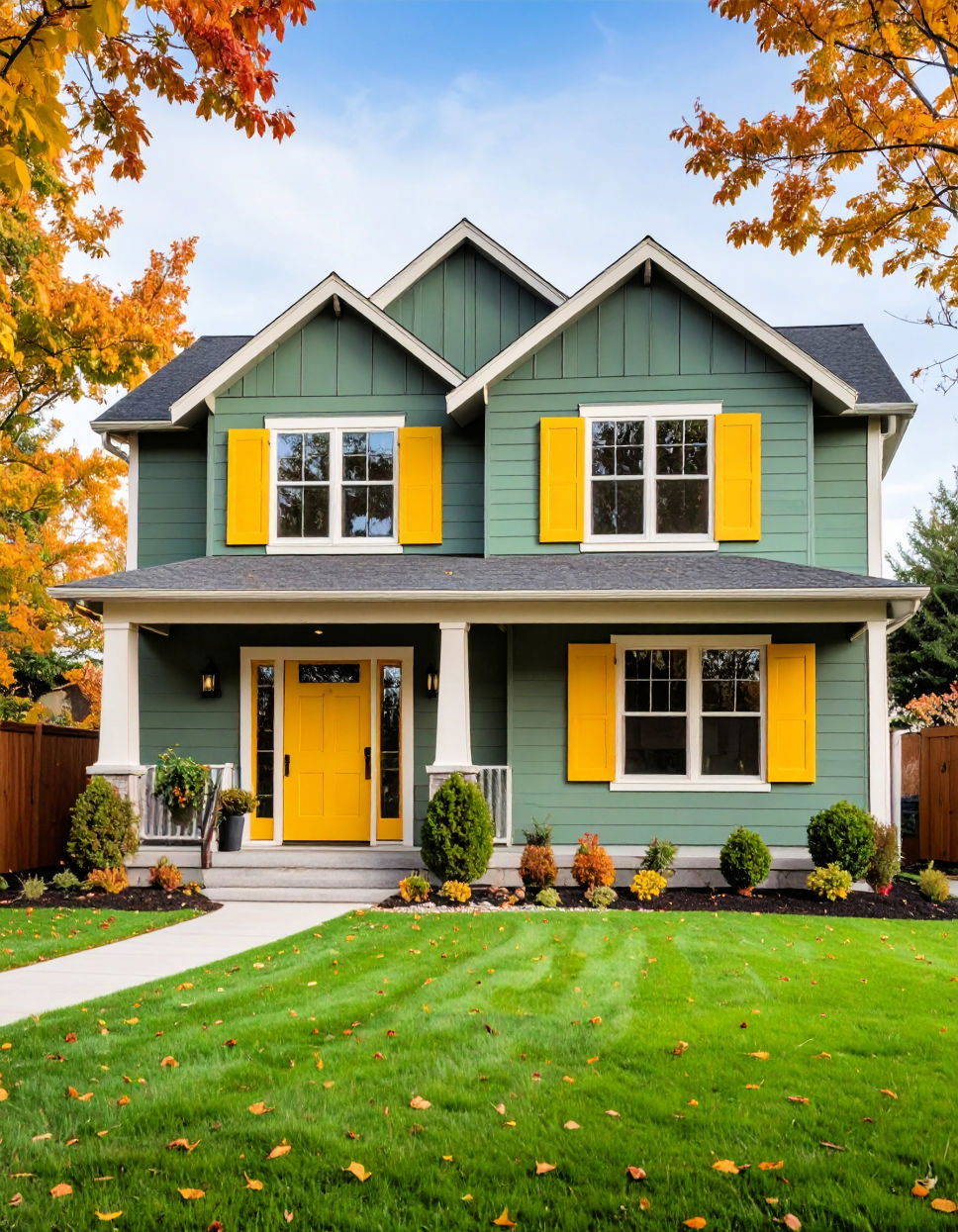
Leave a Reply